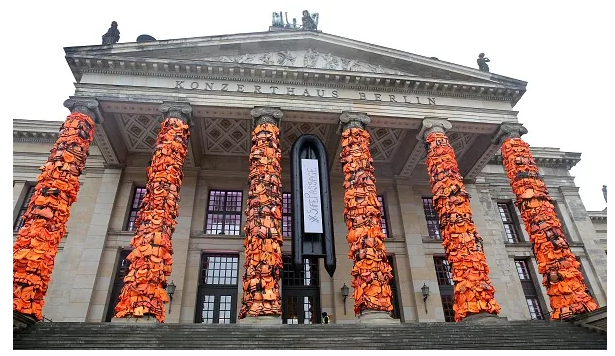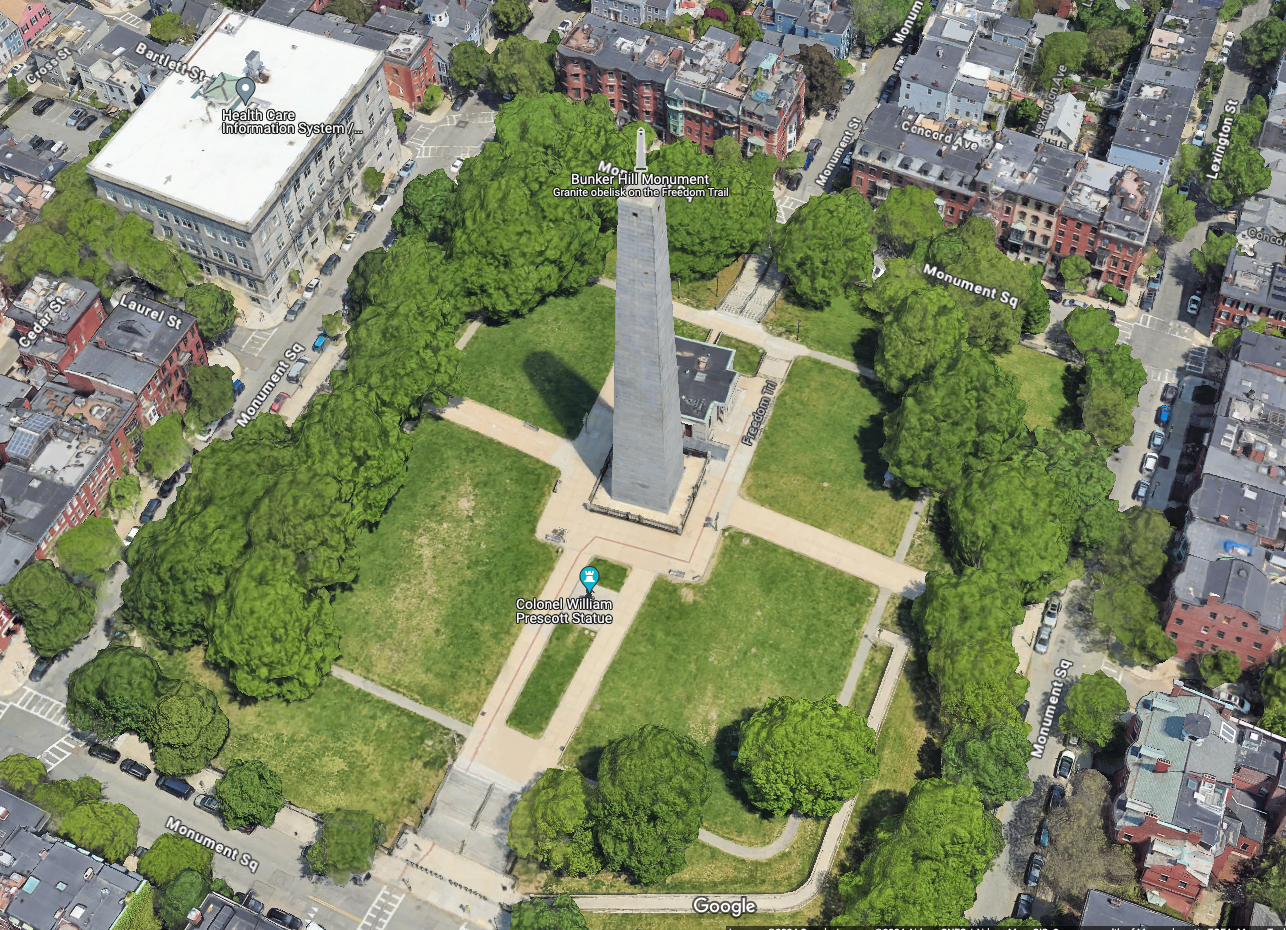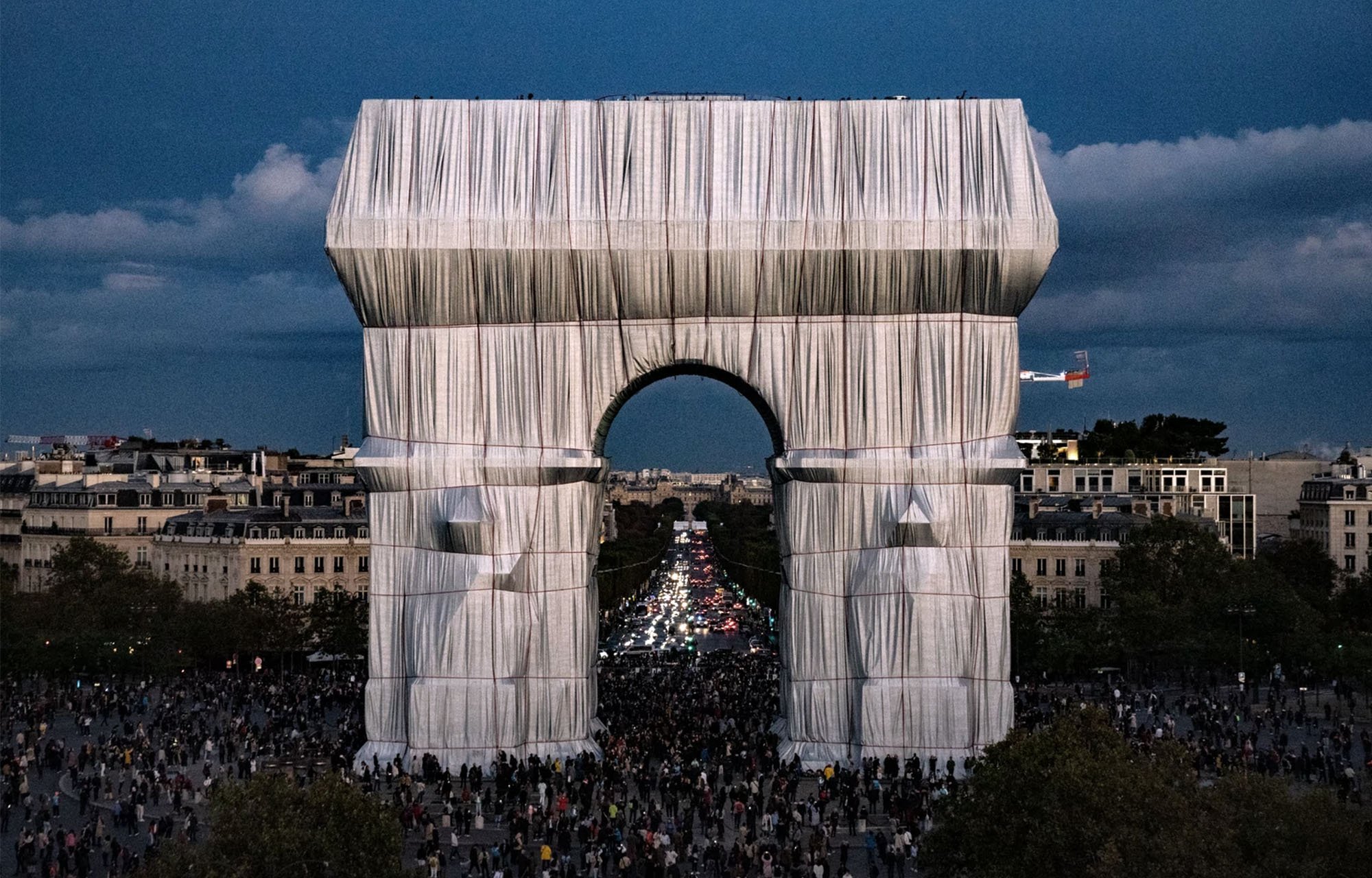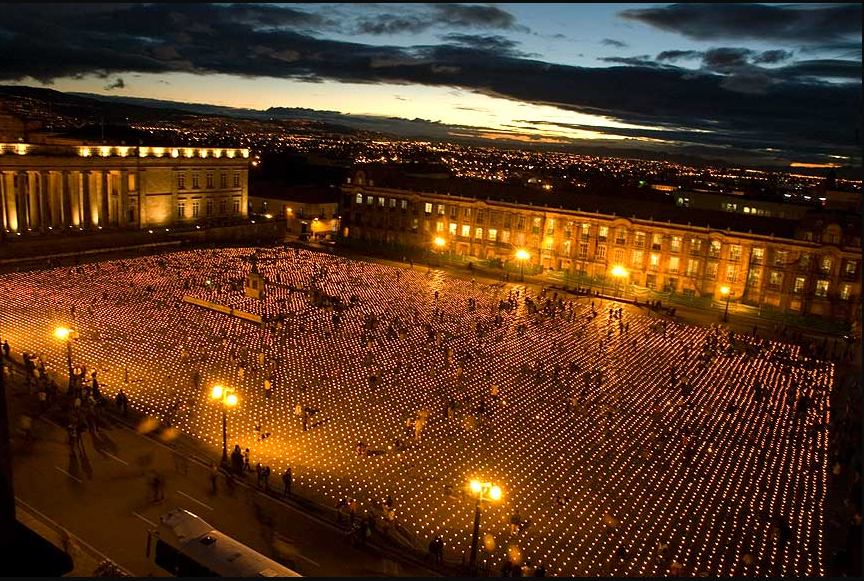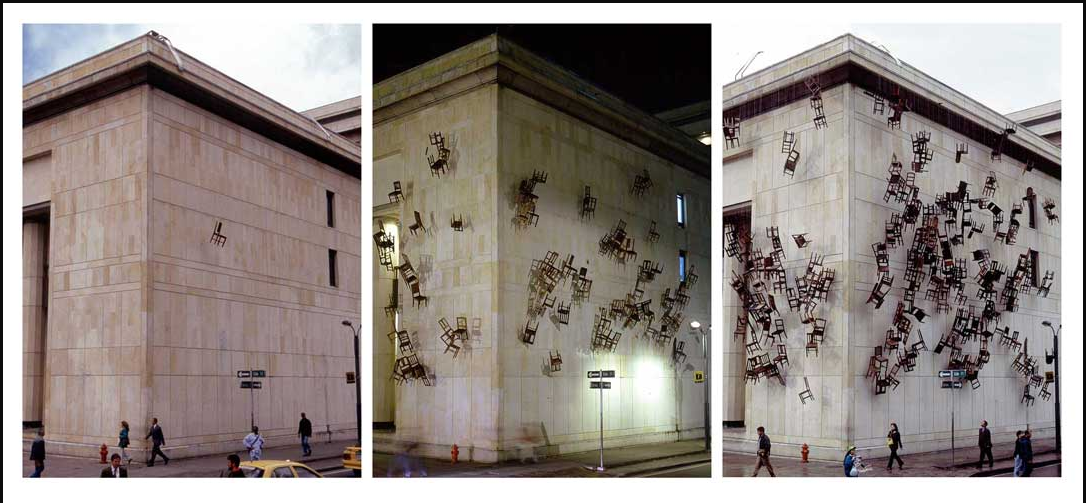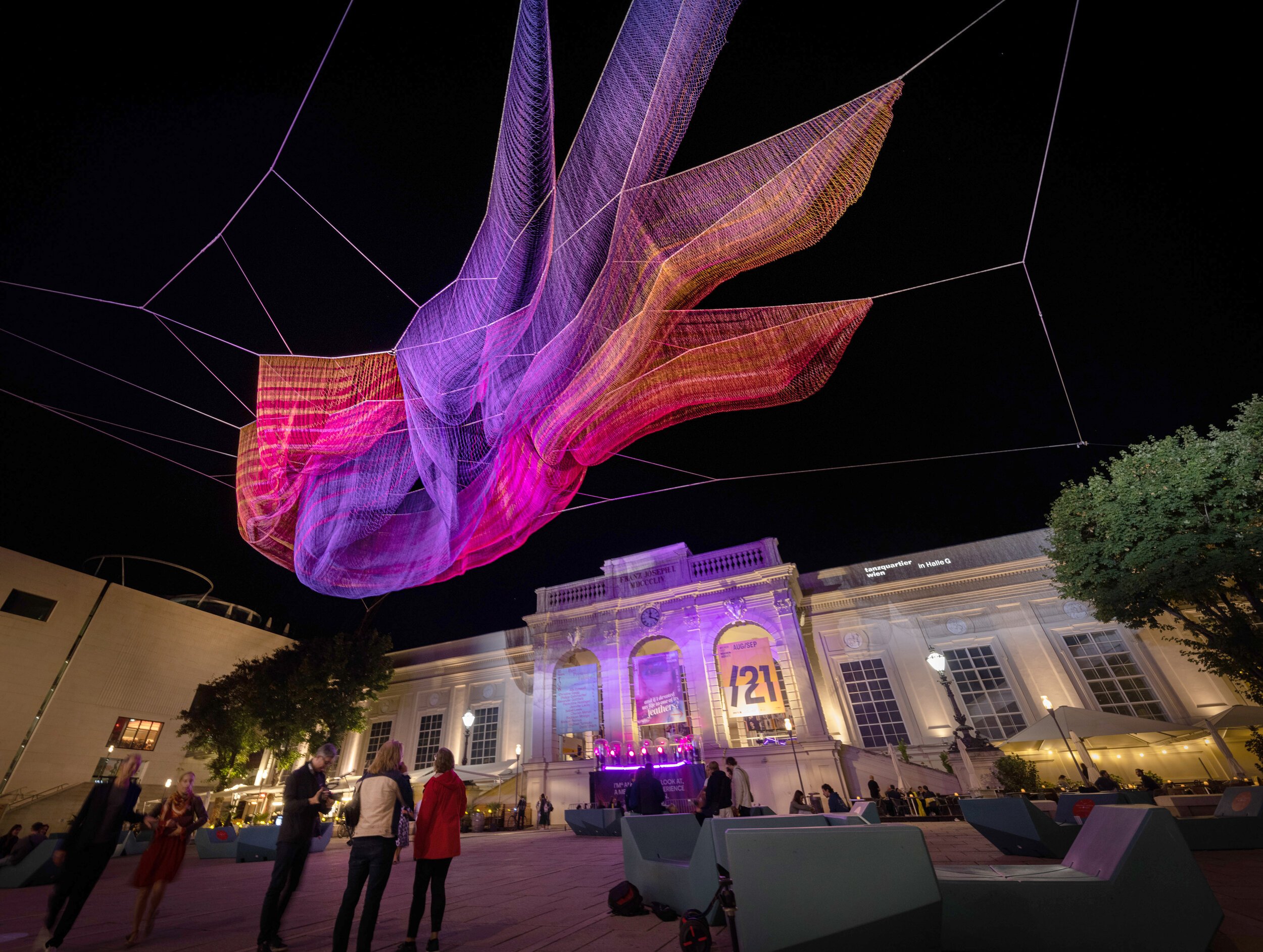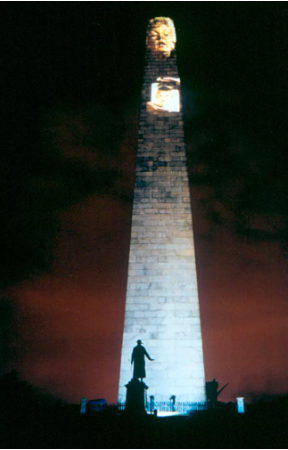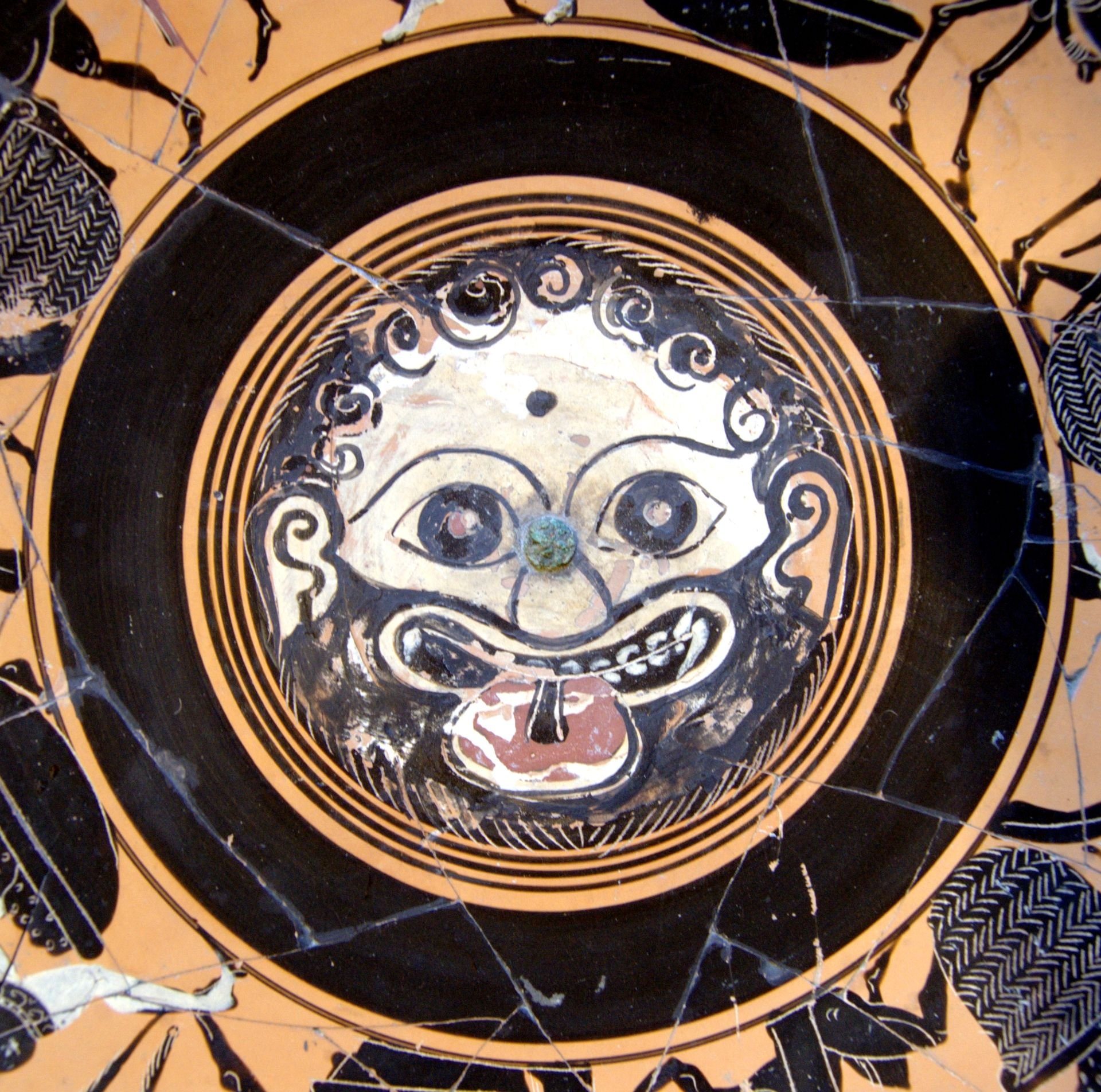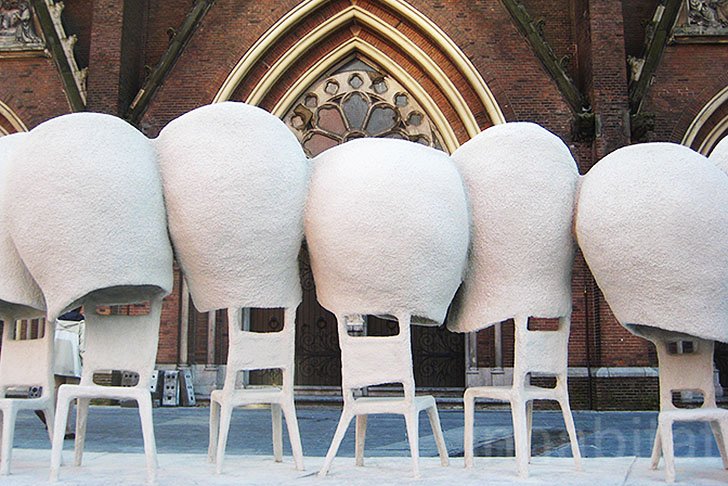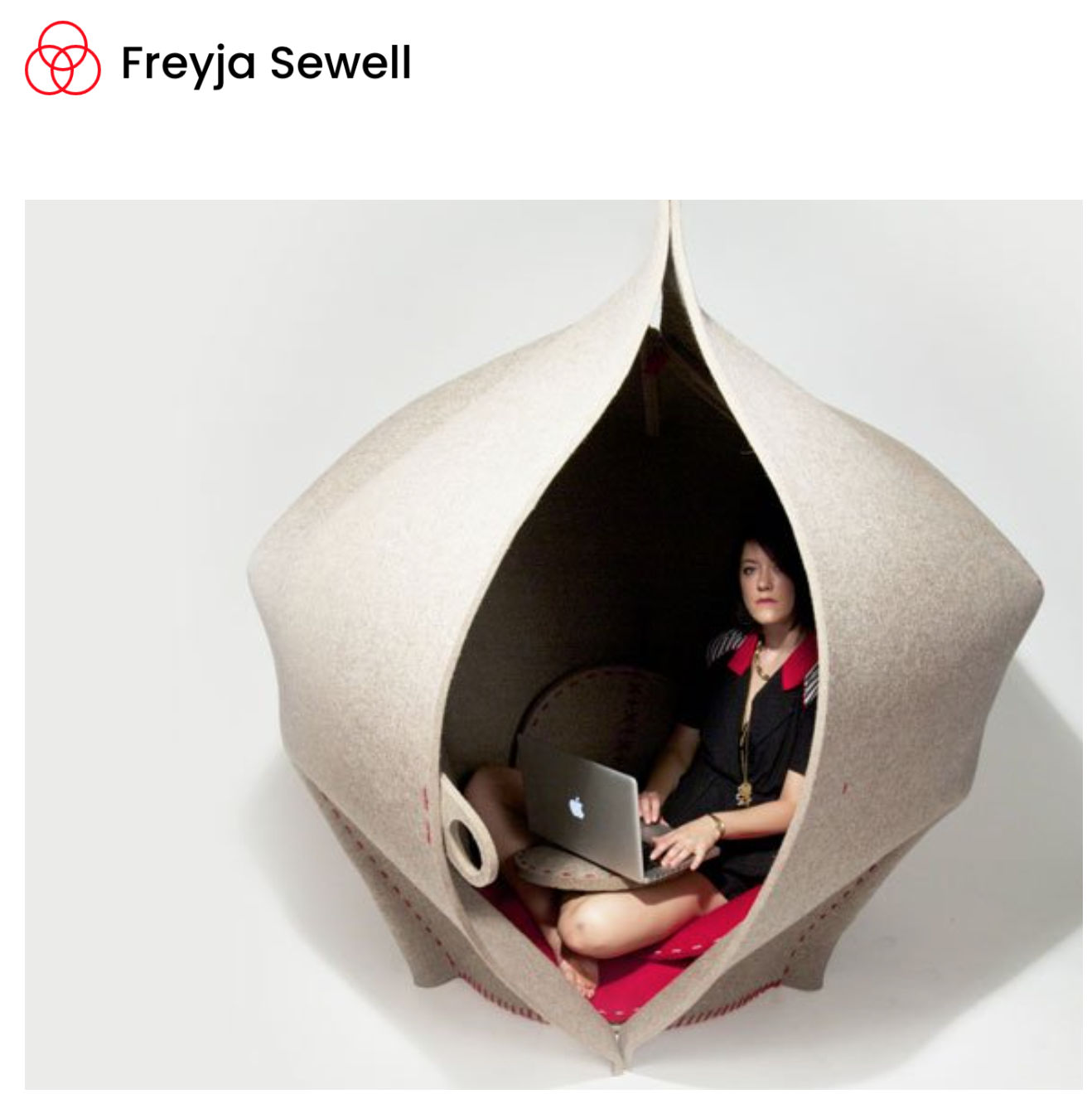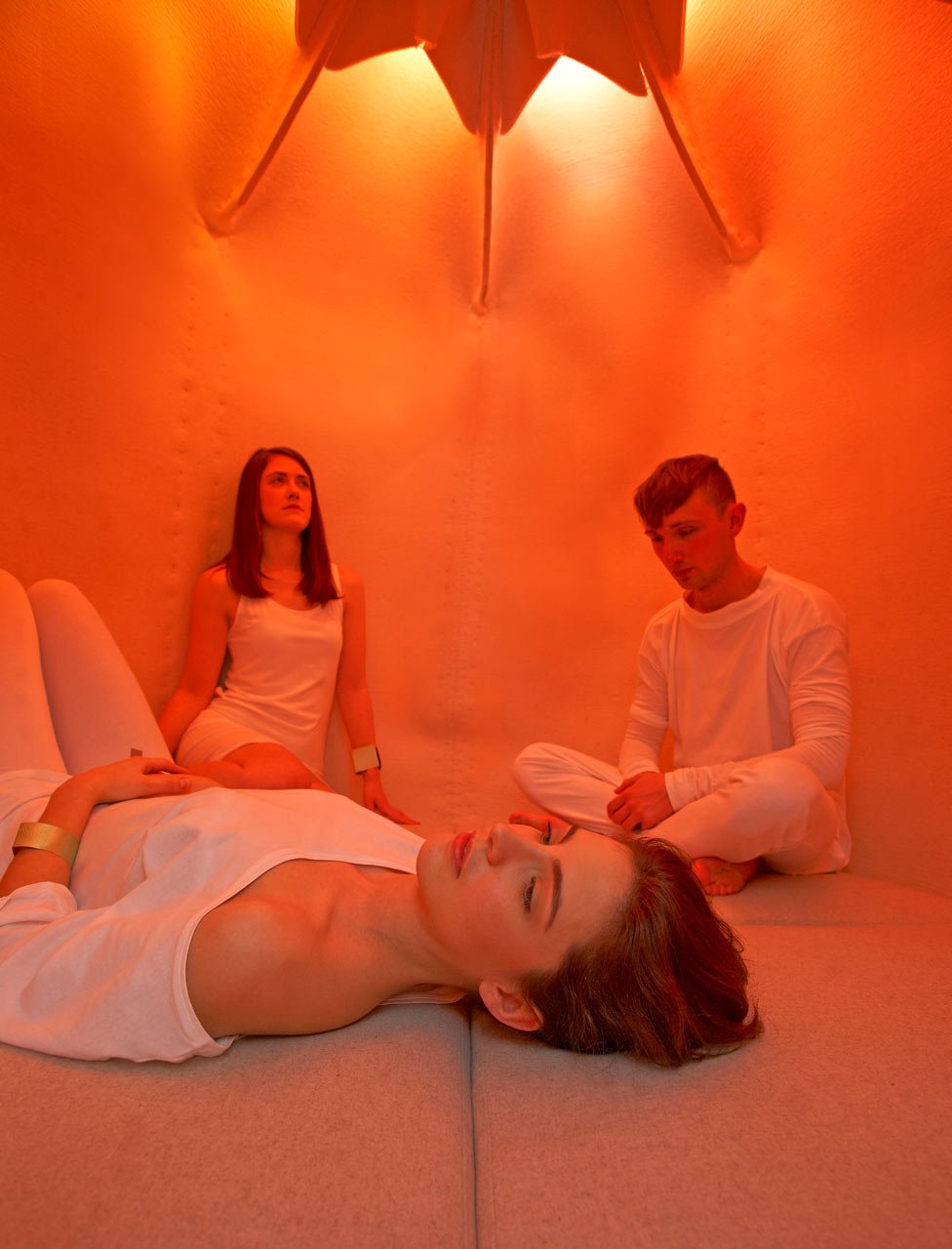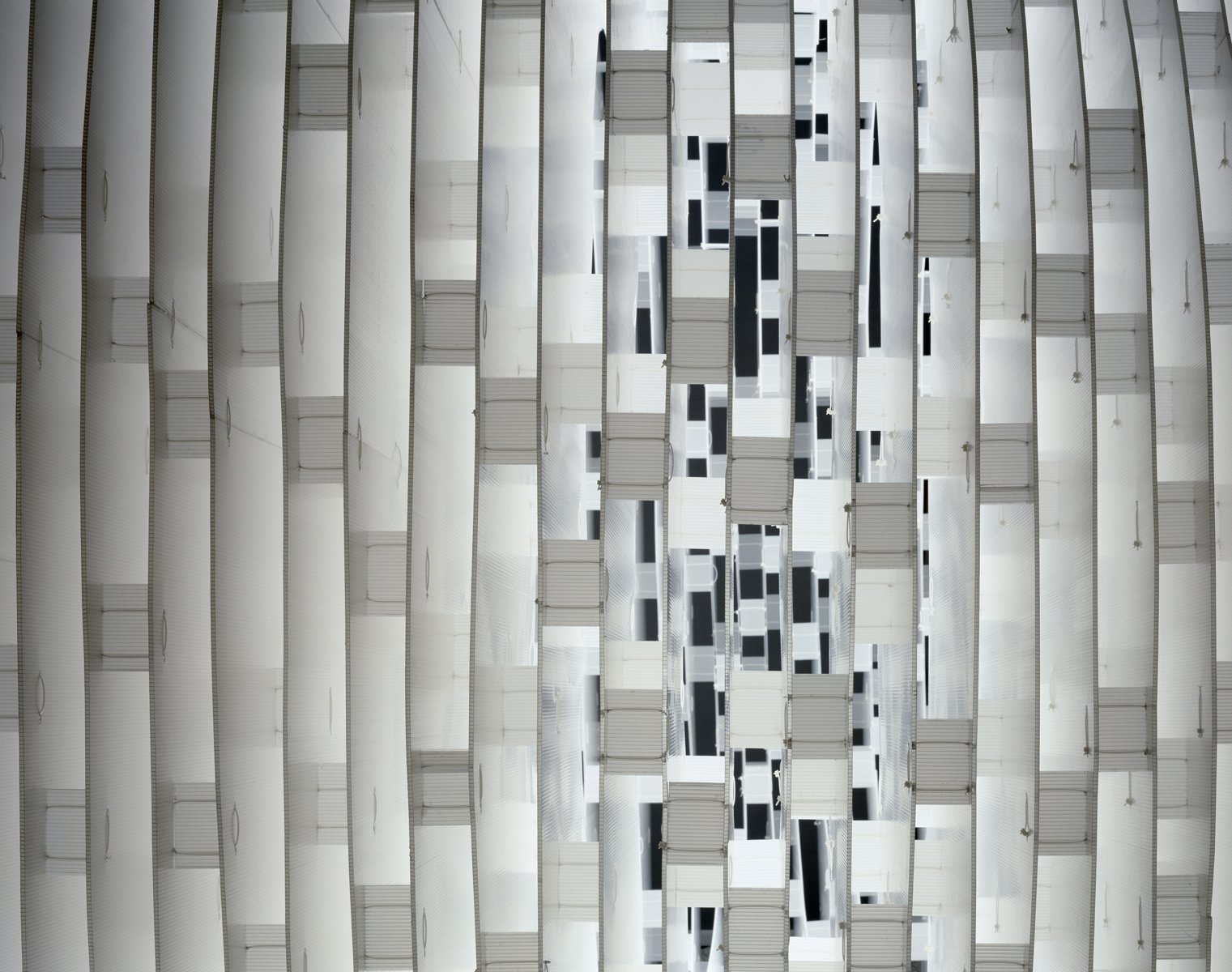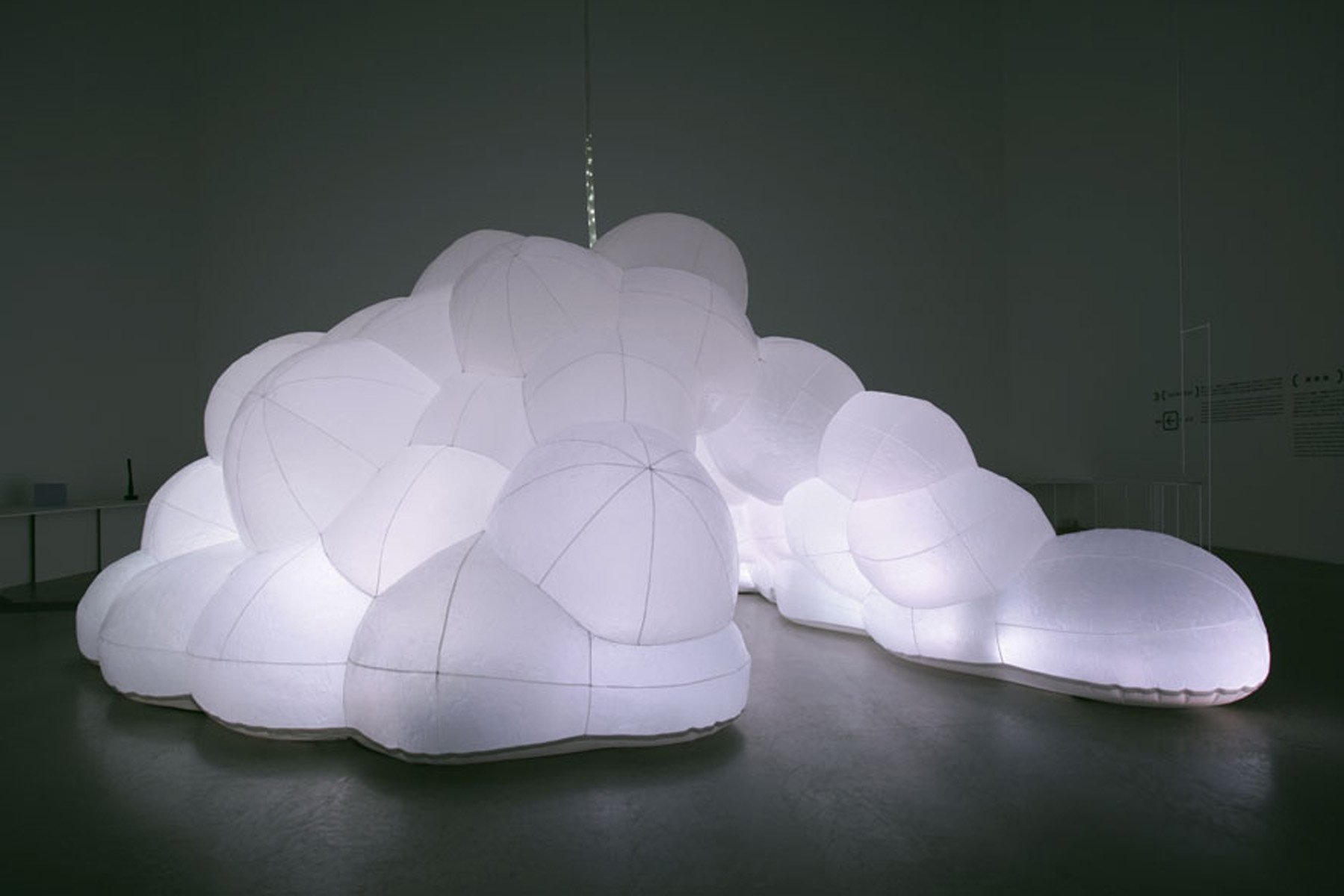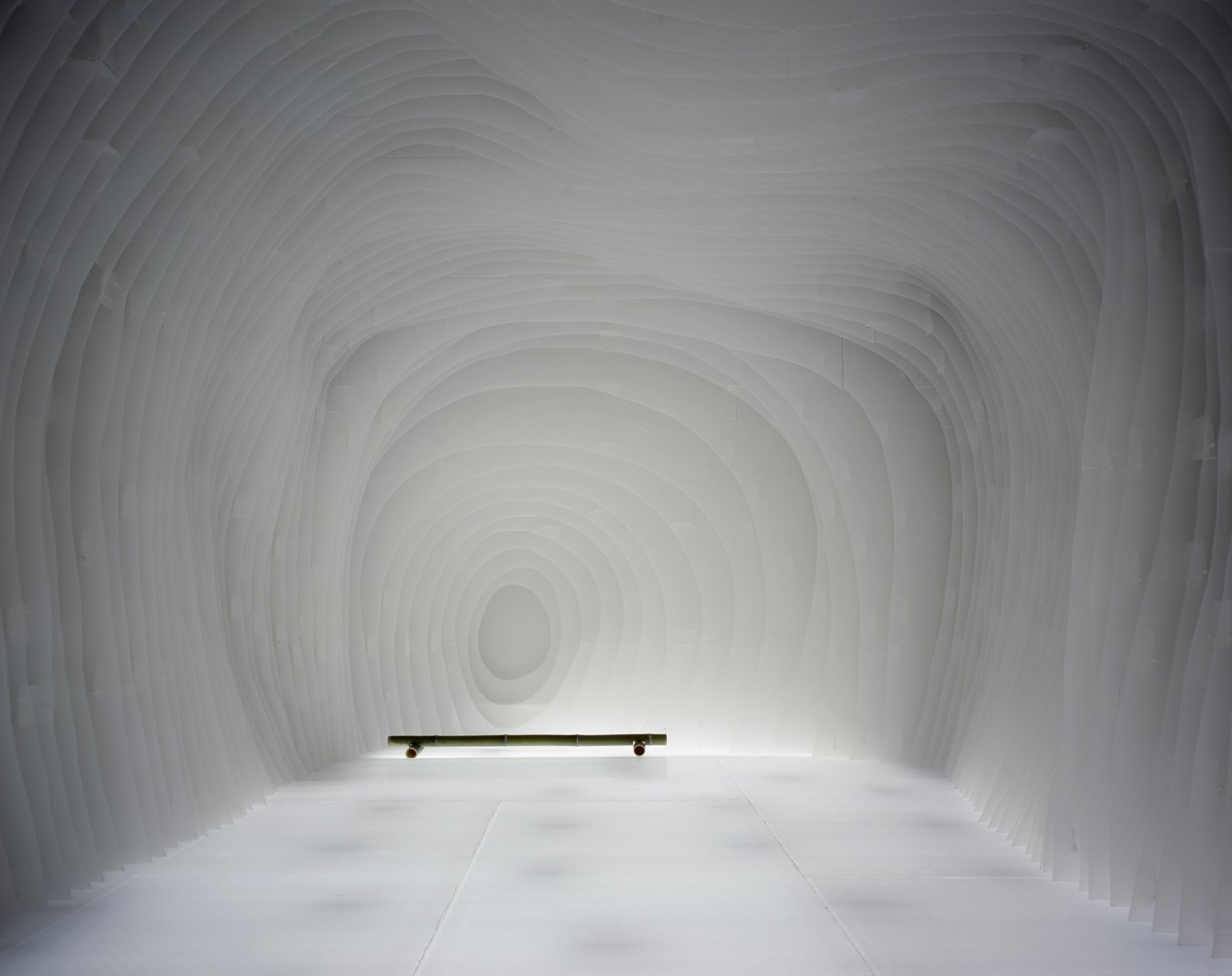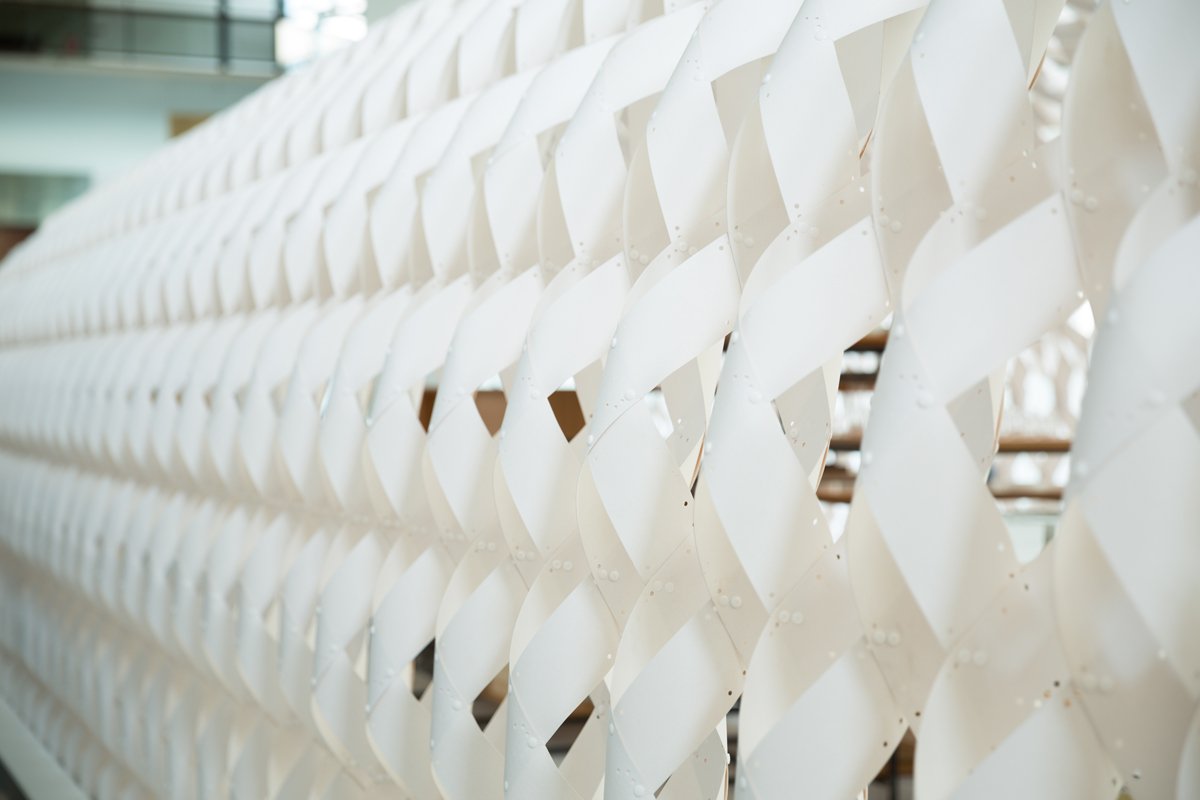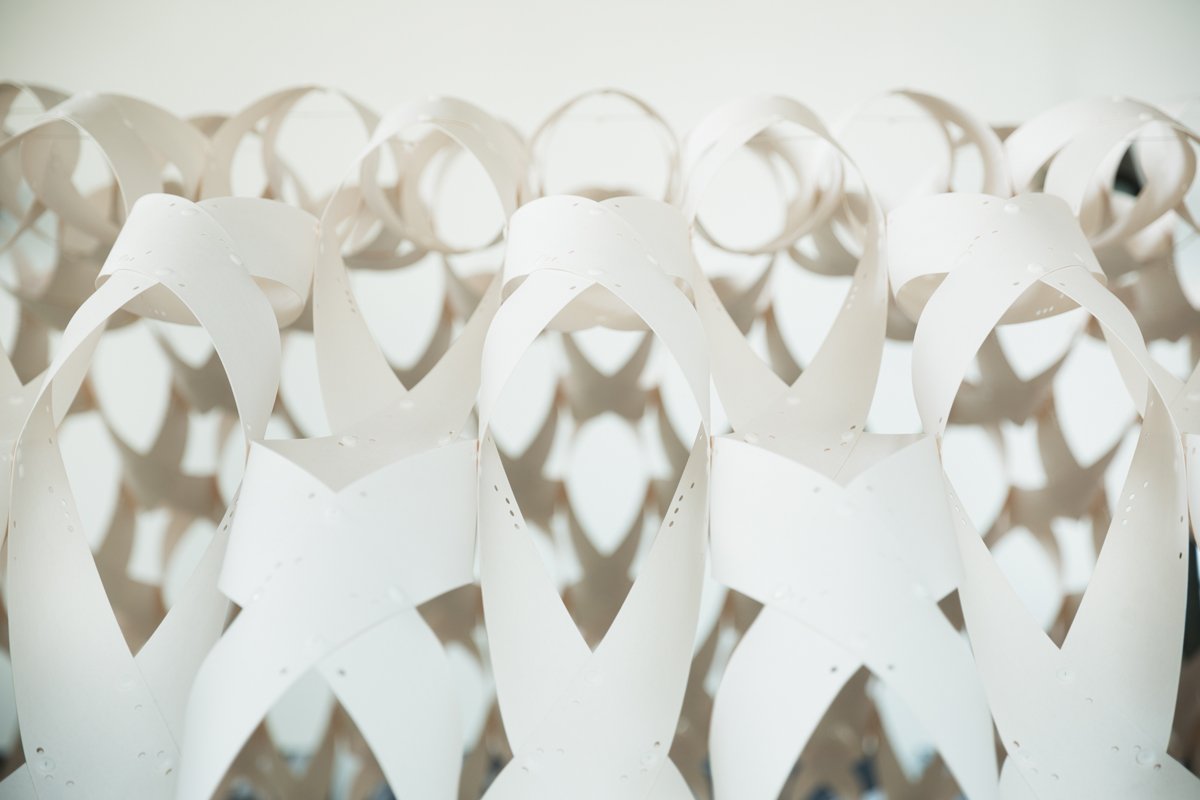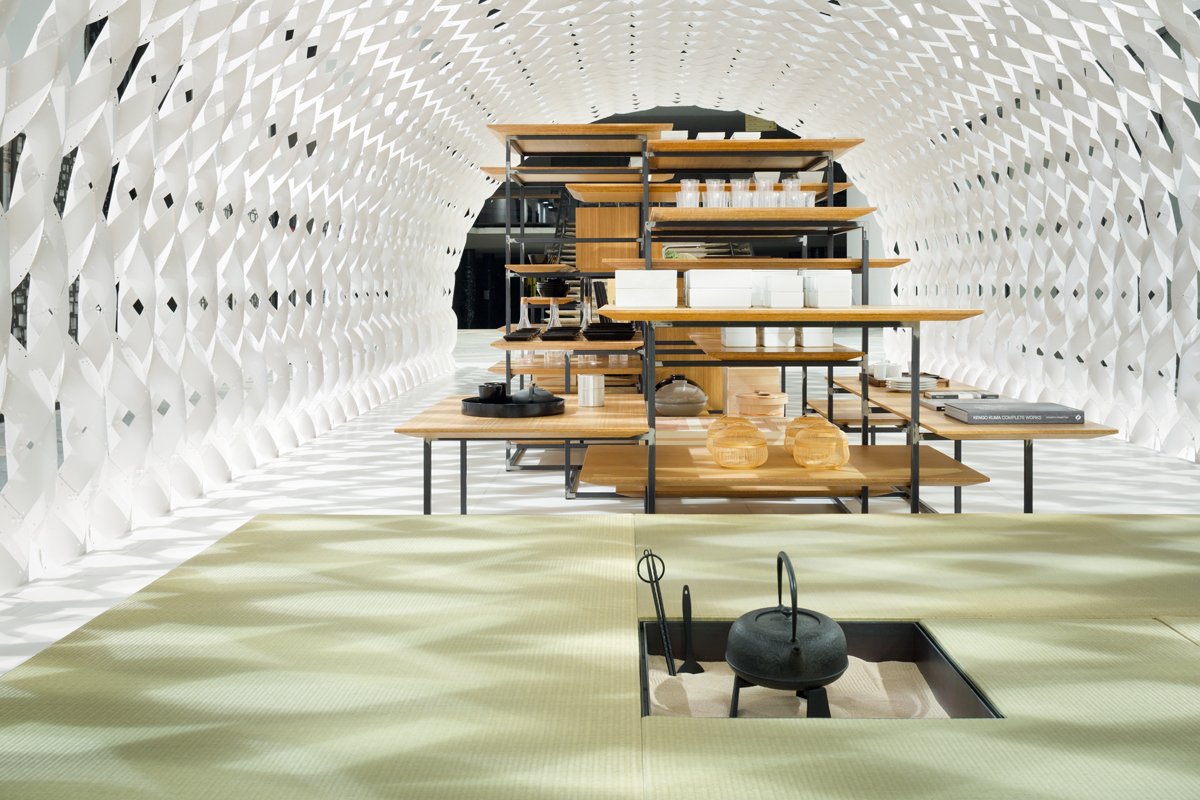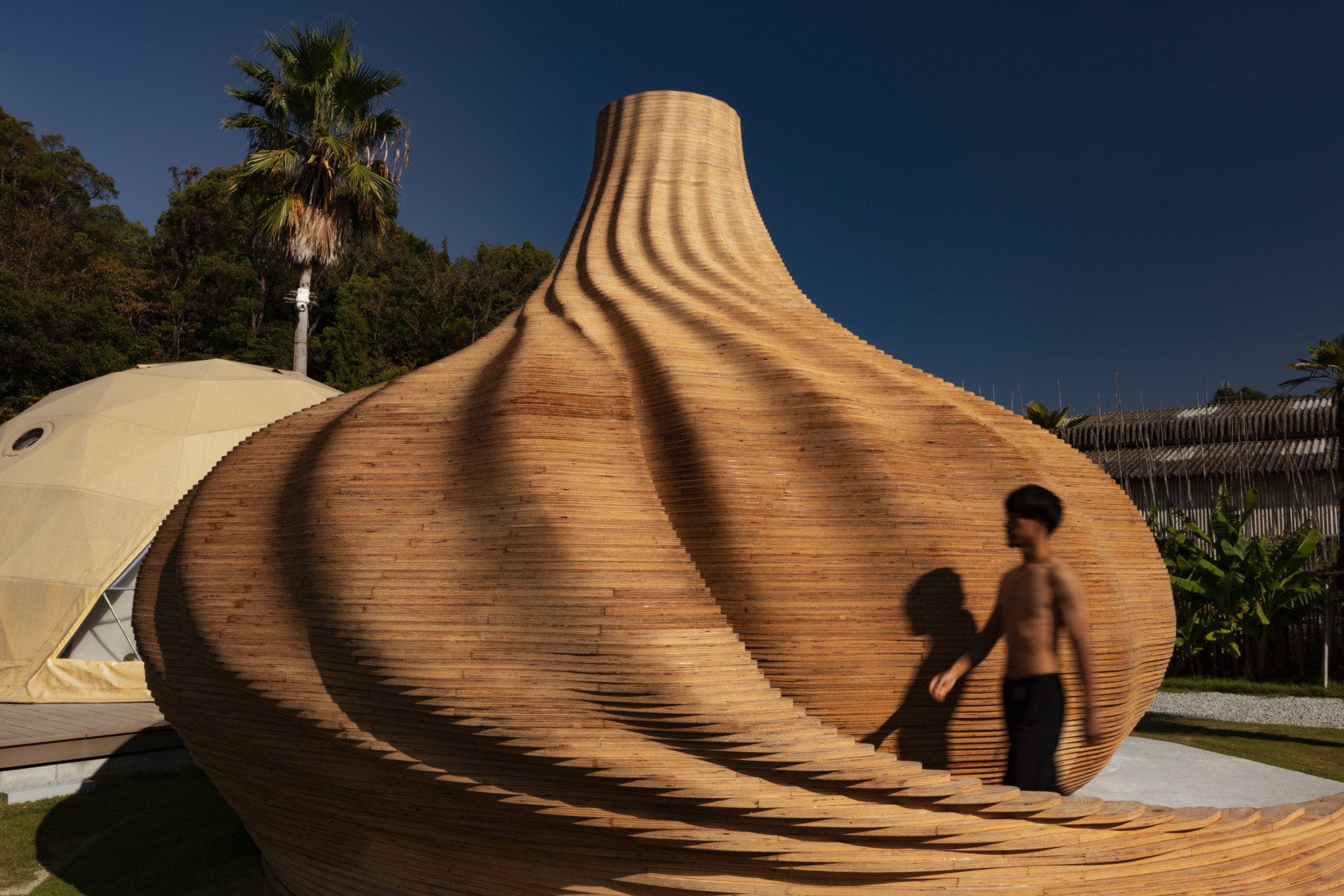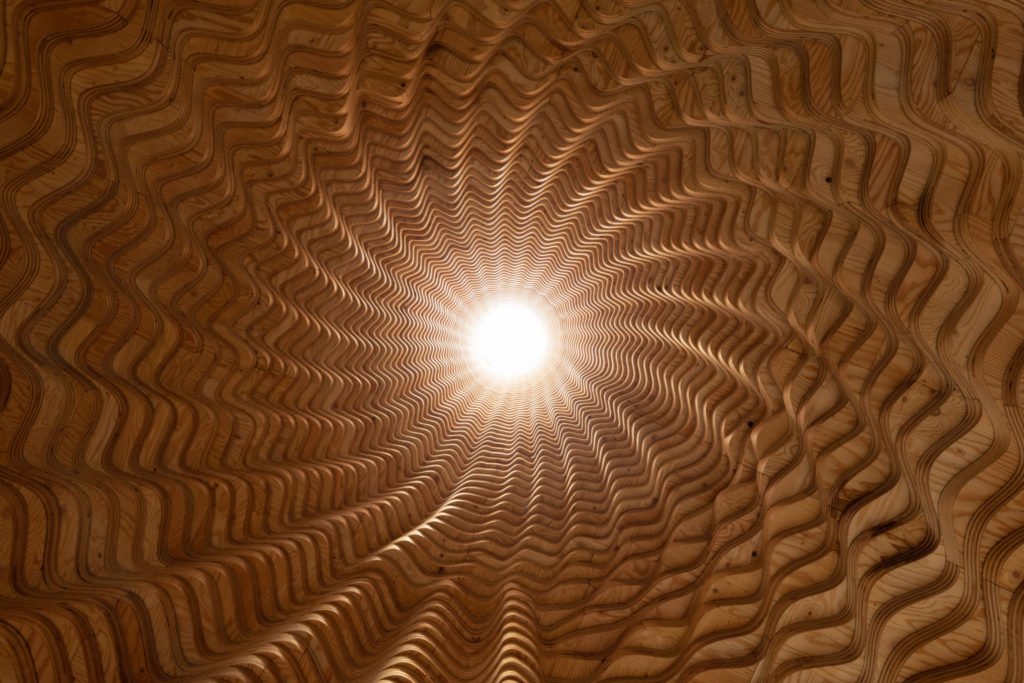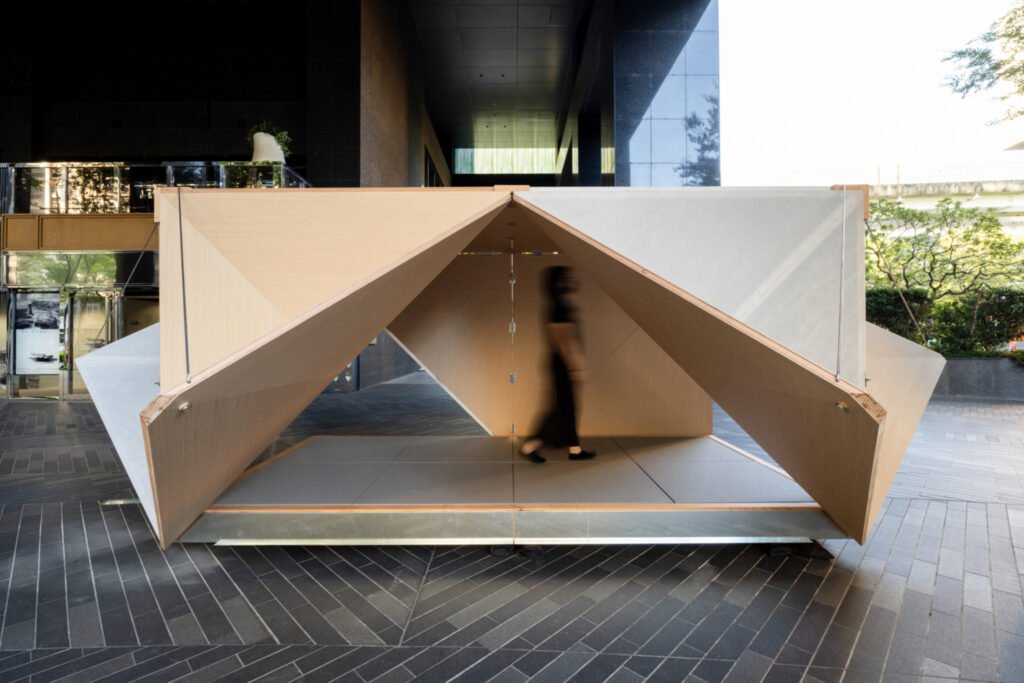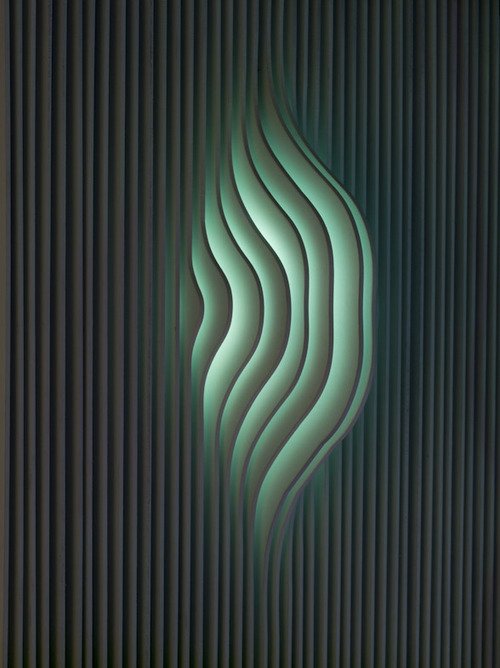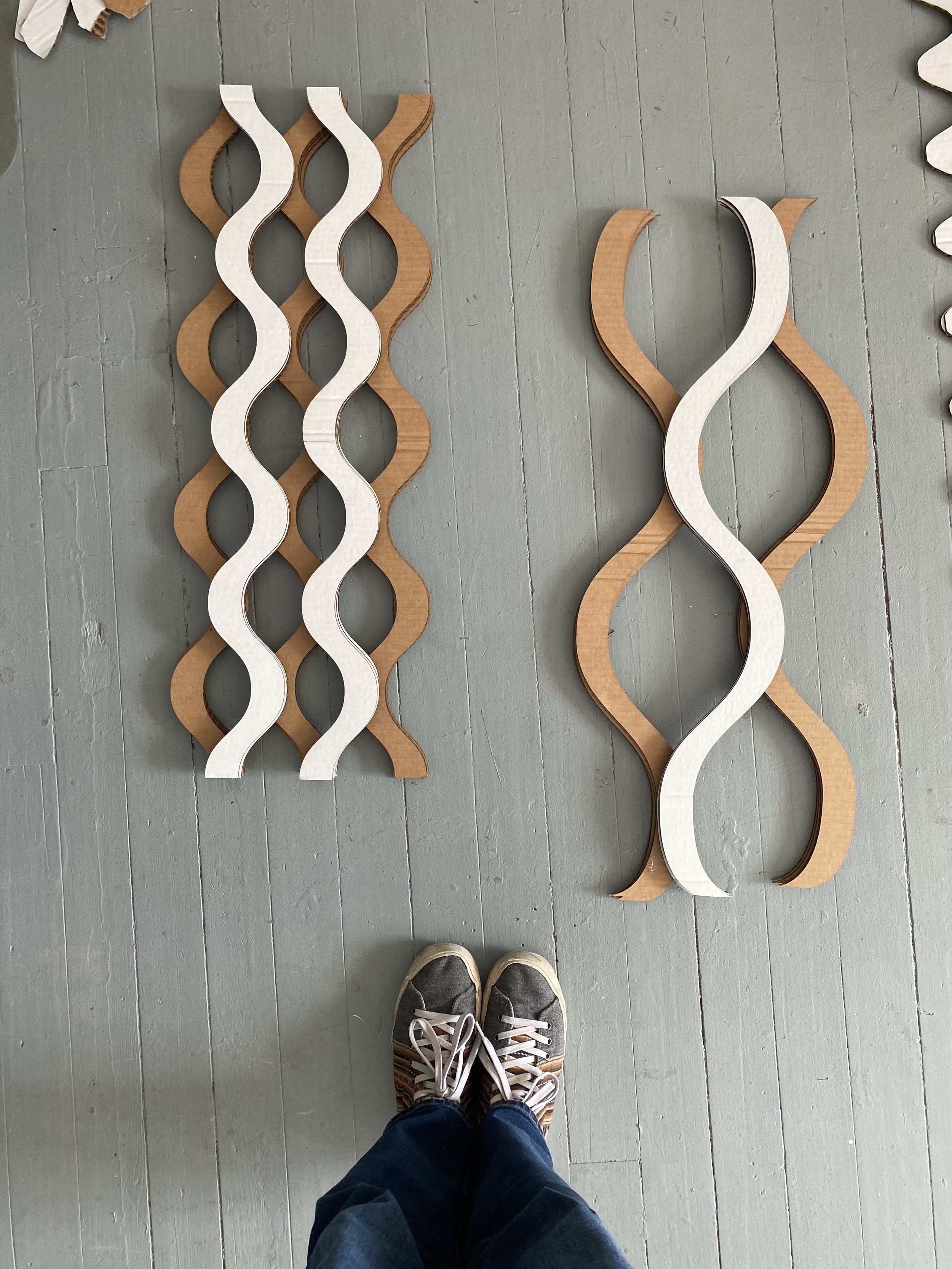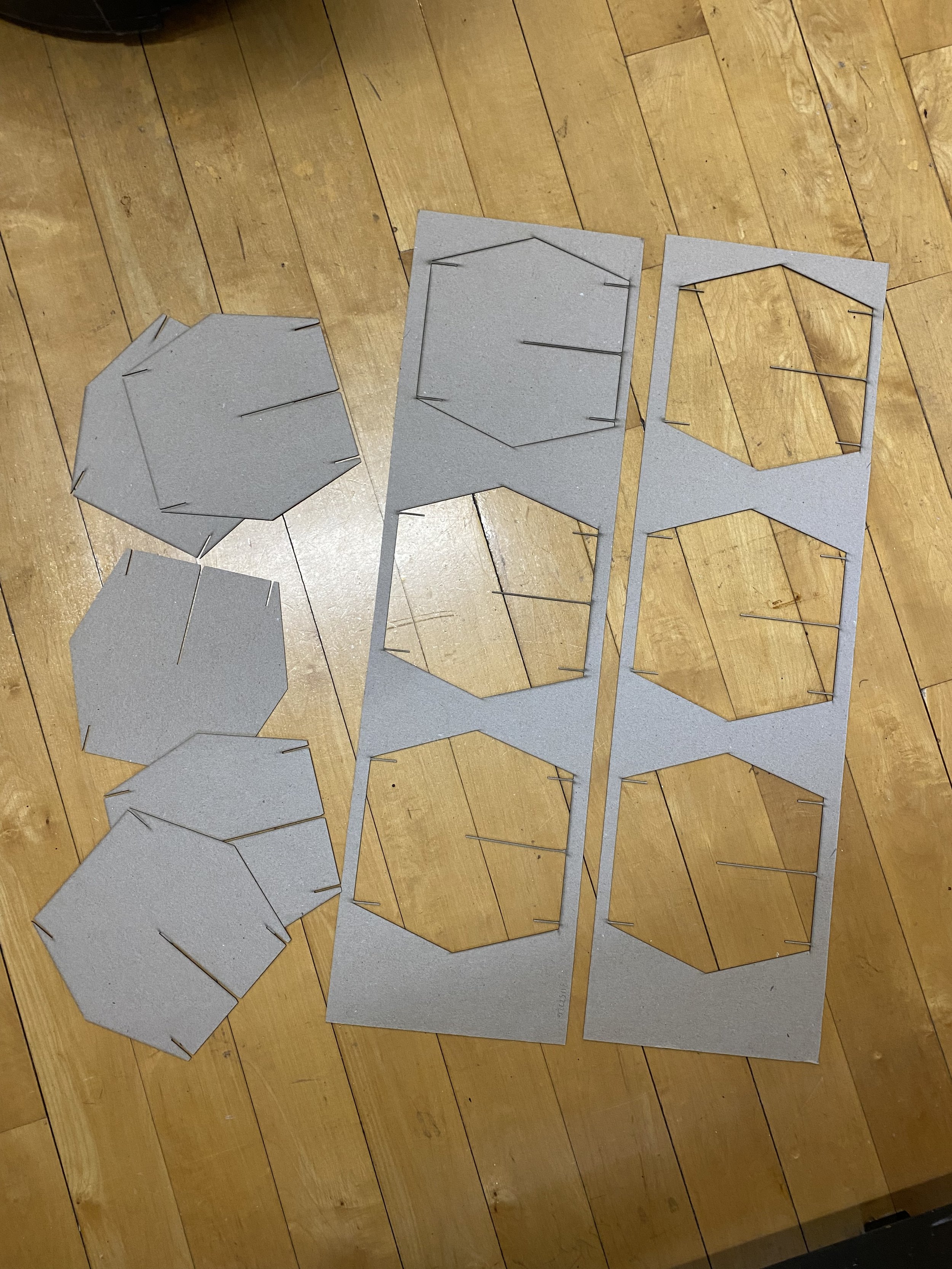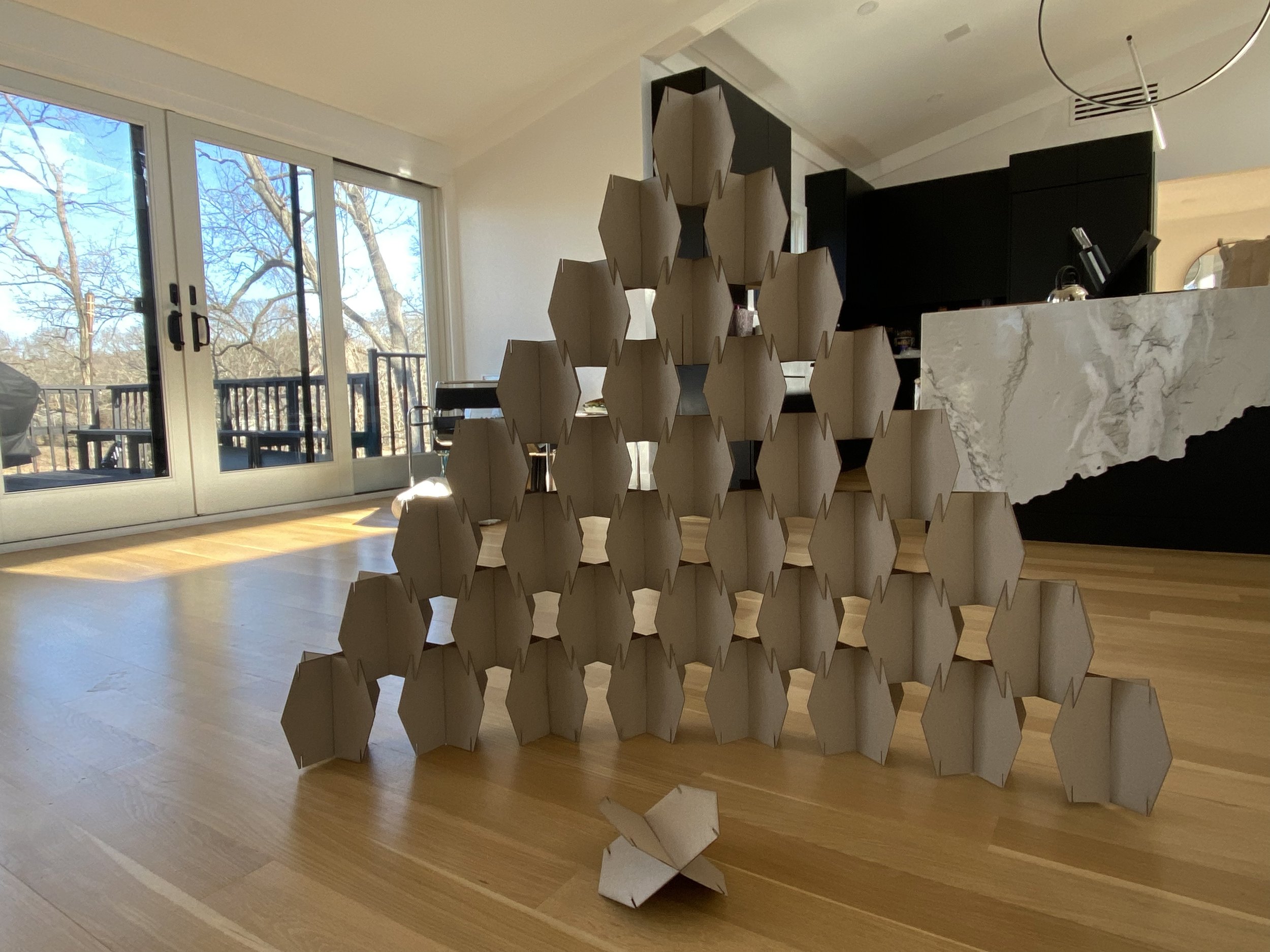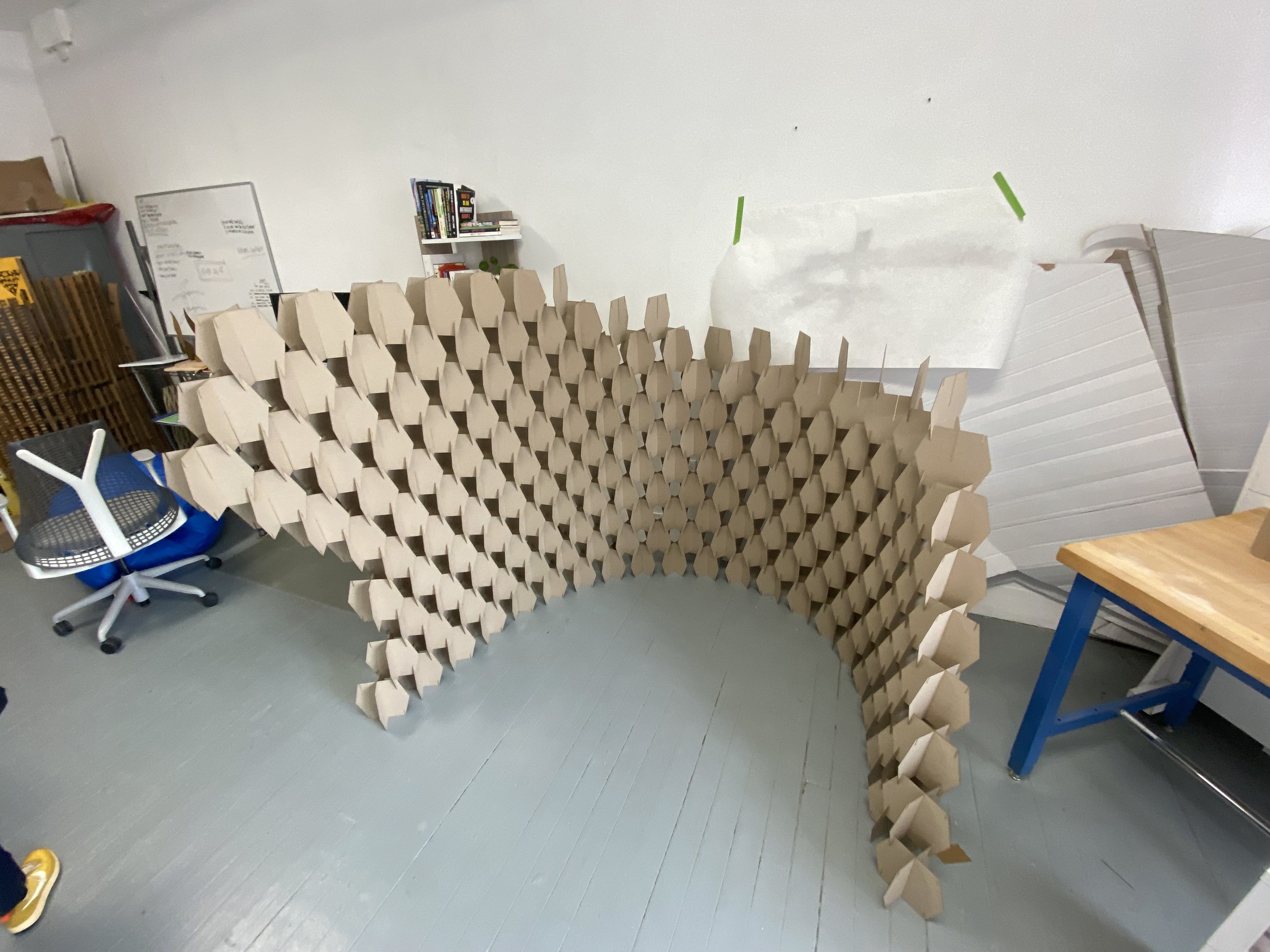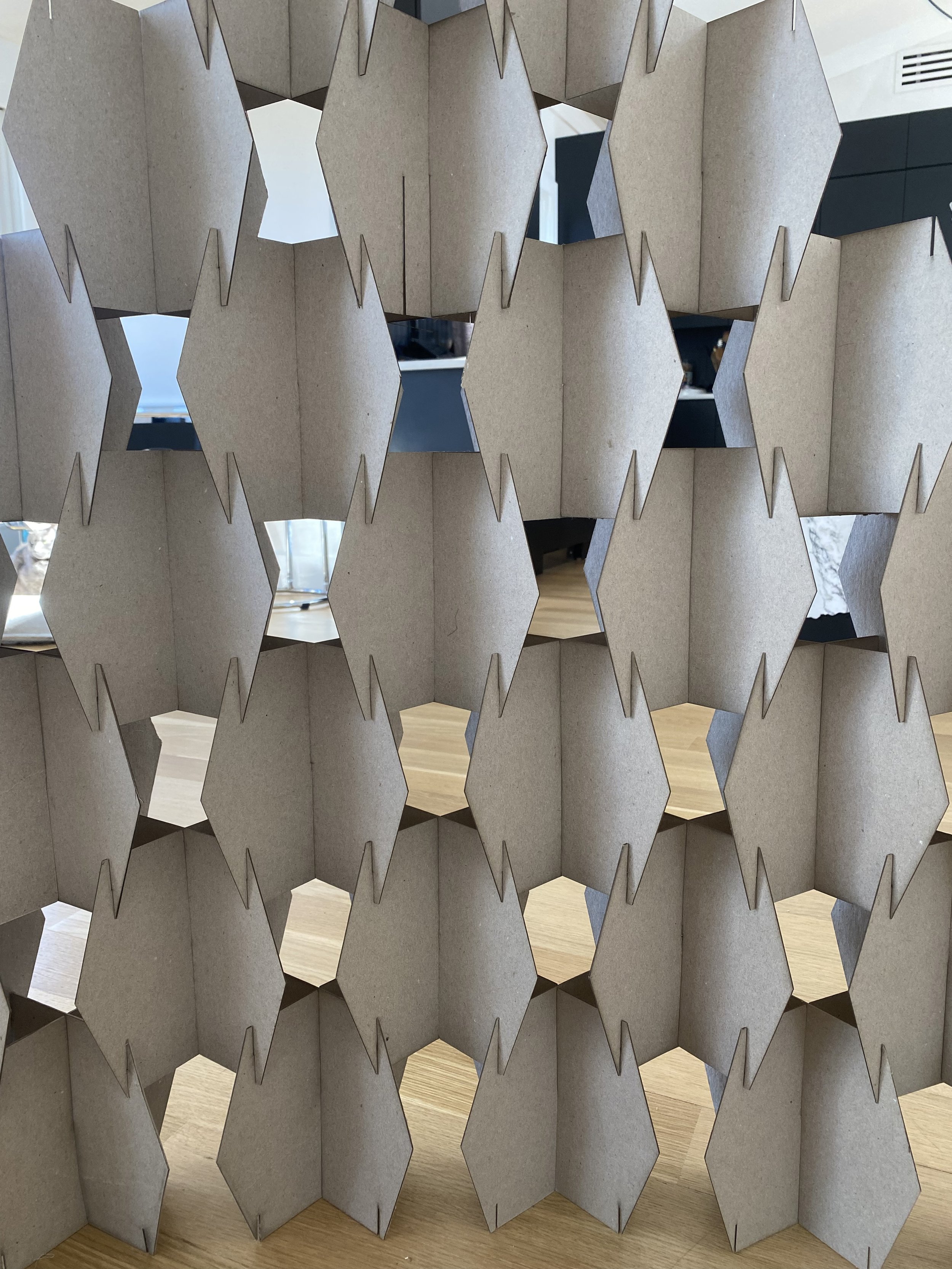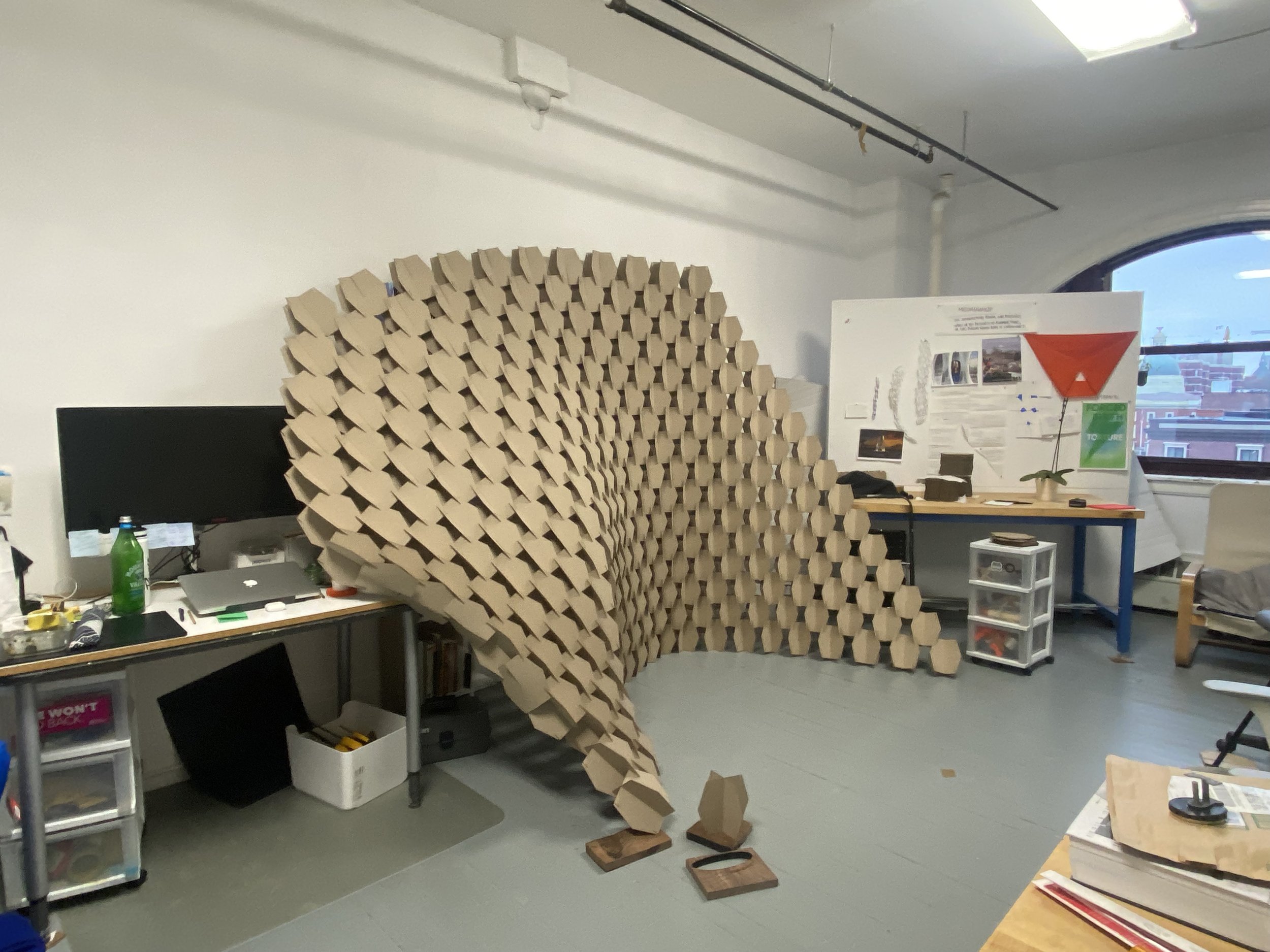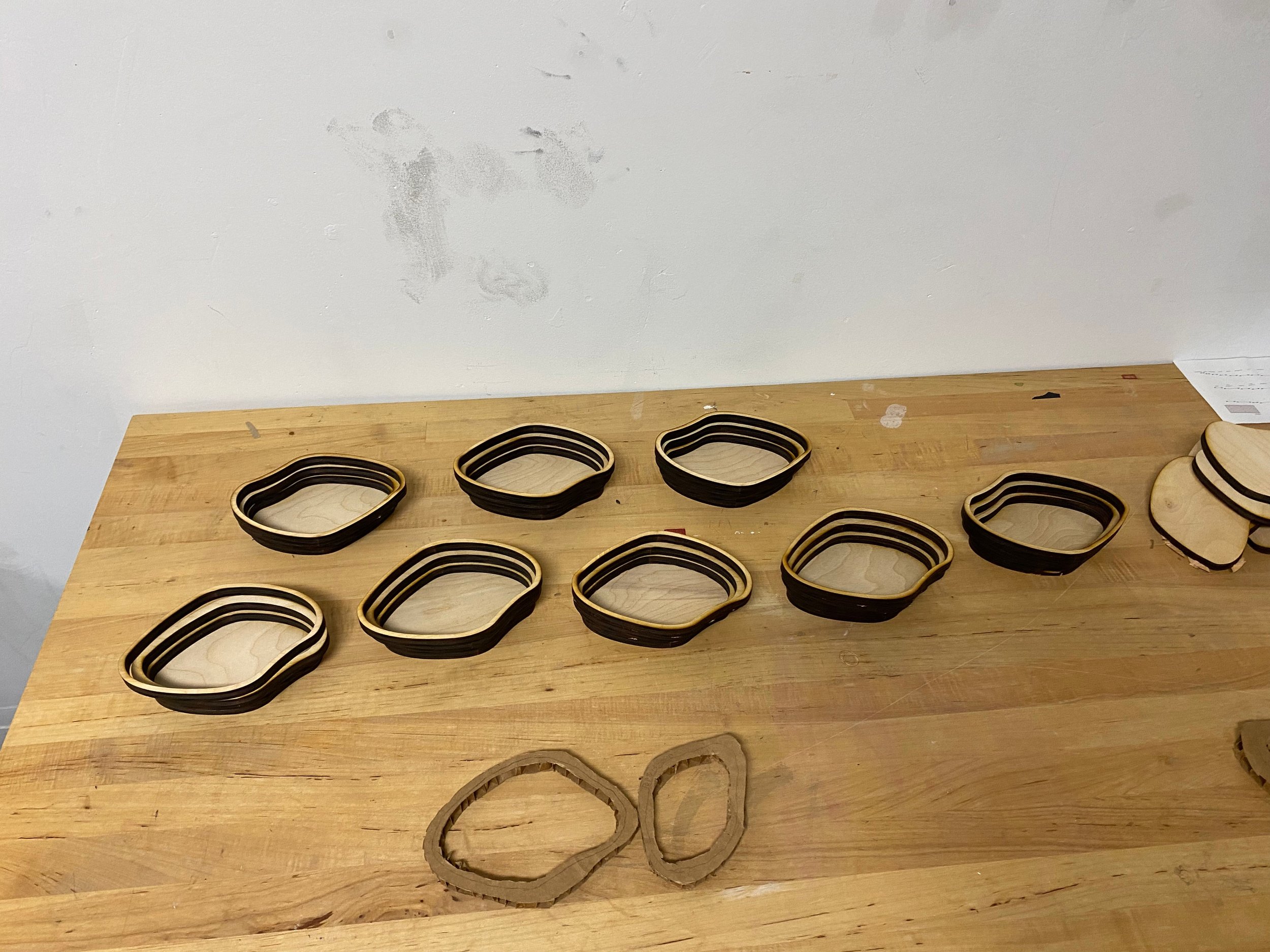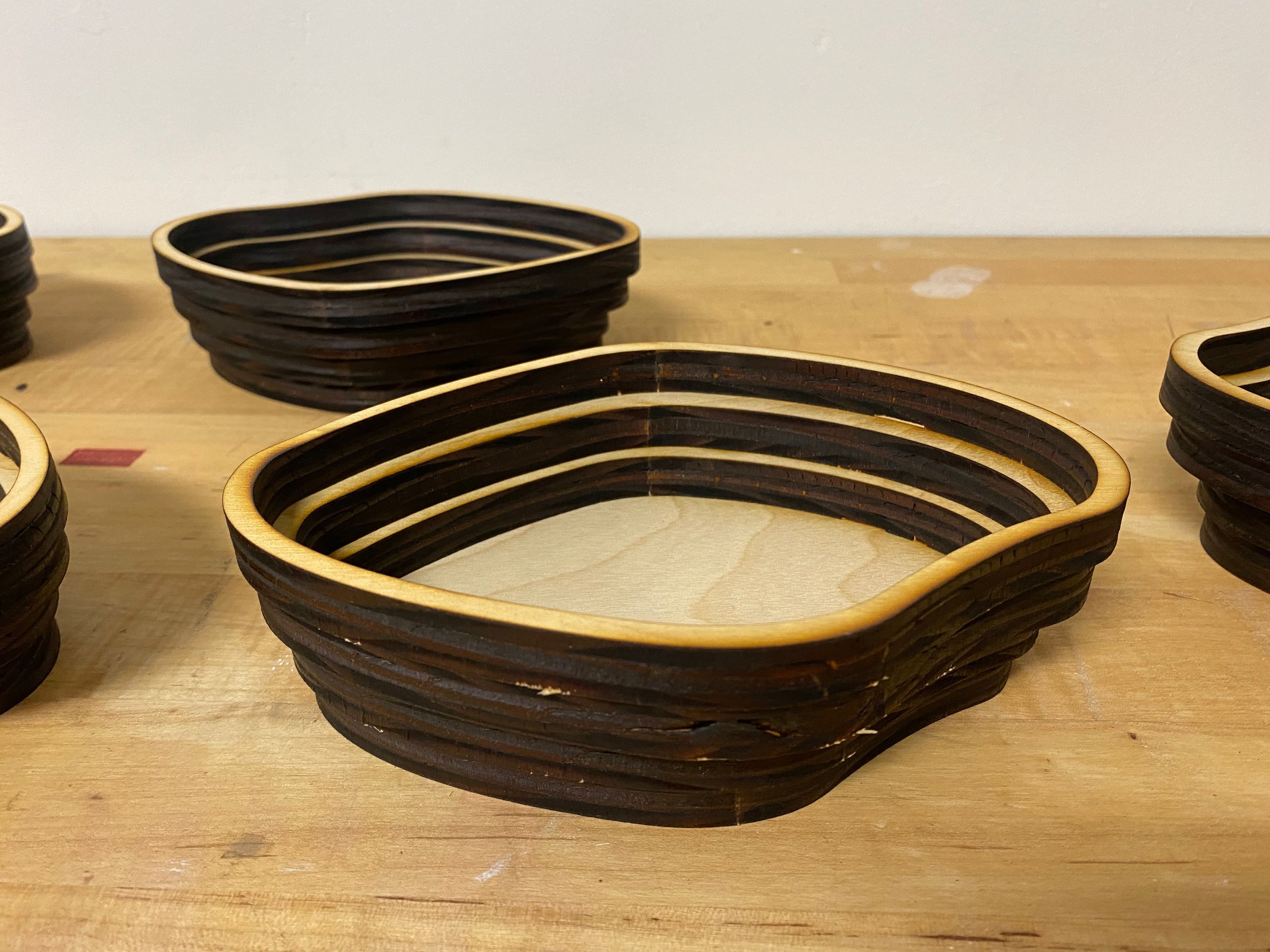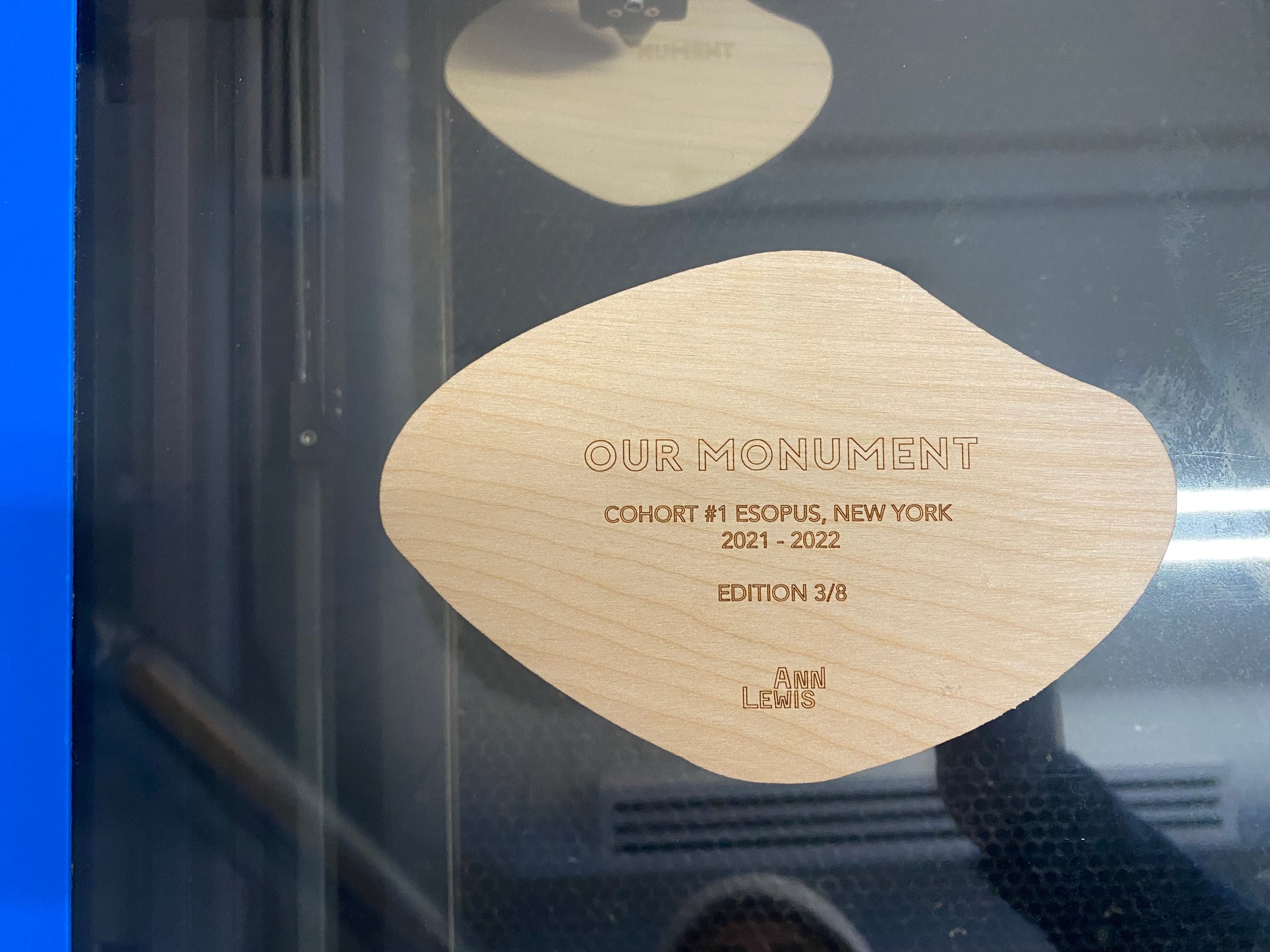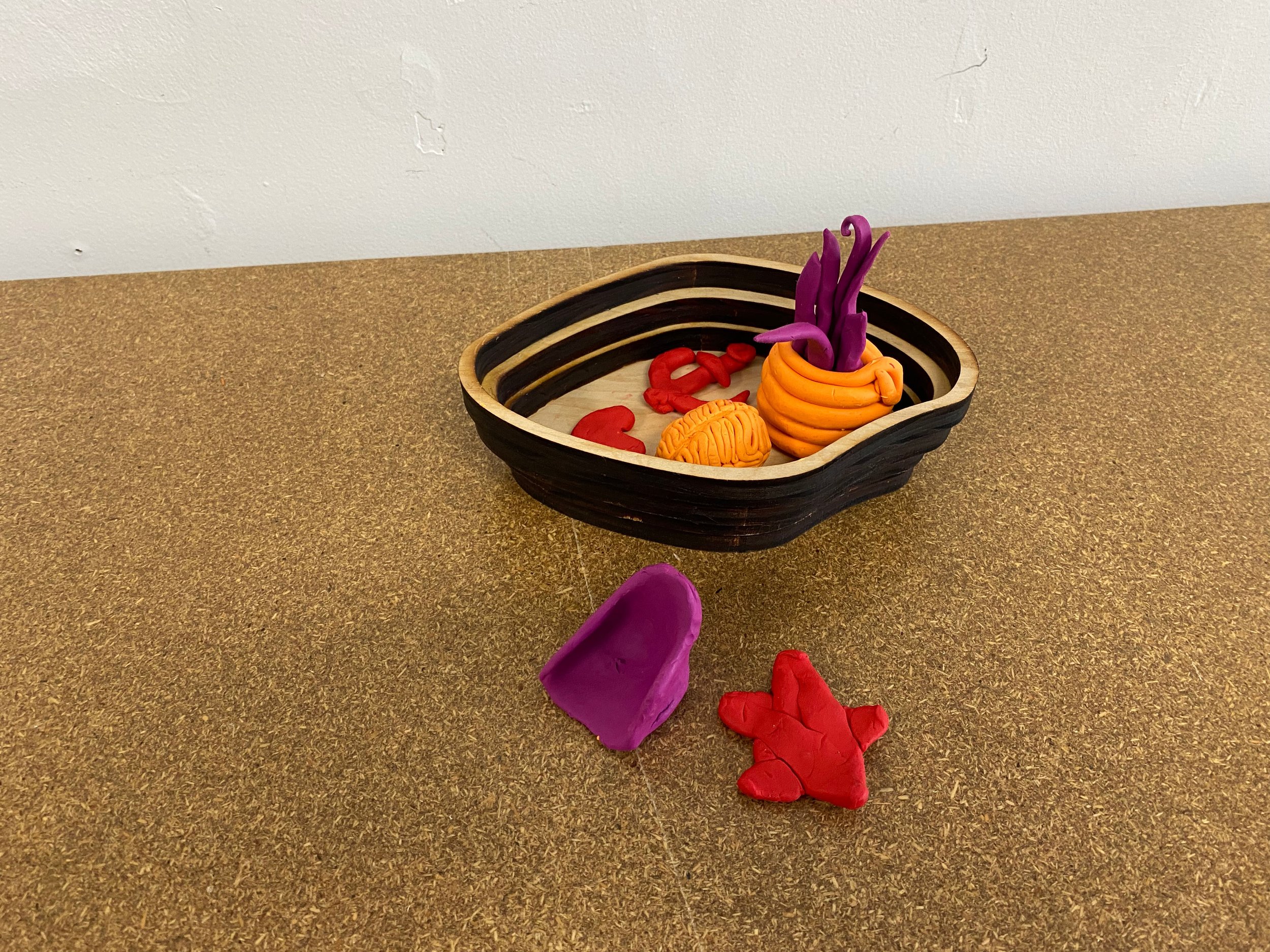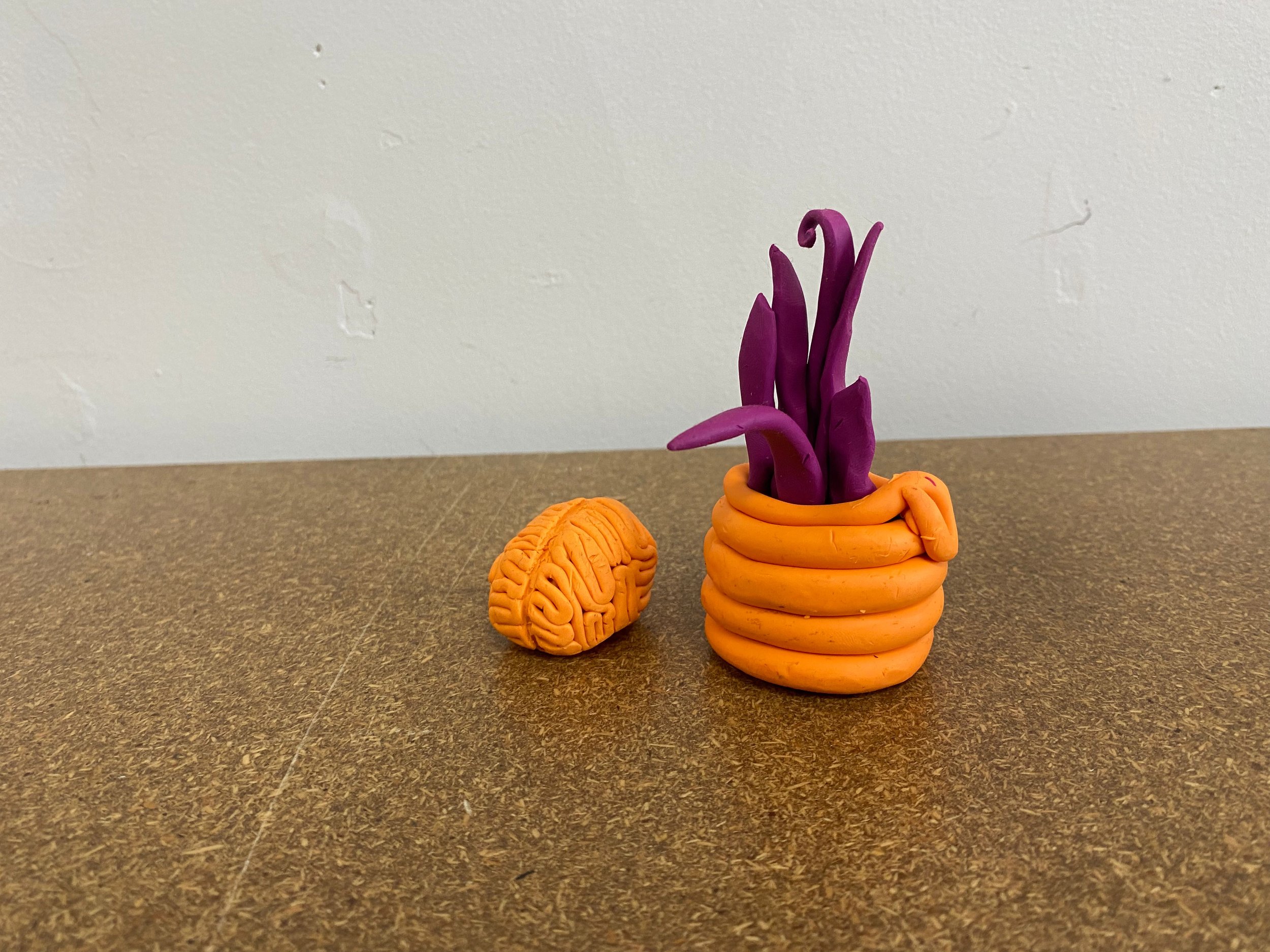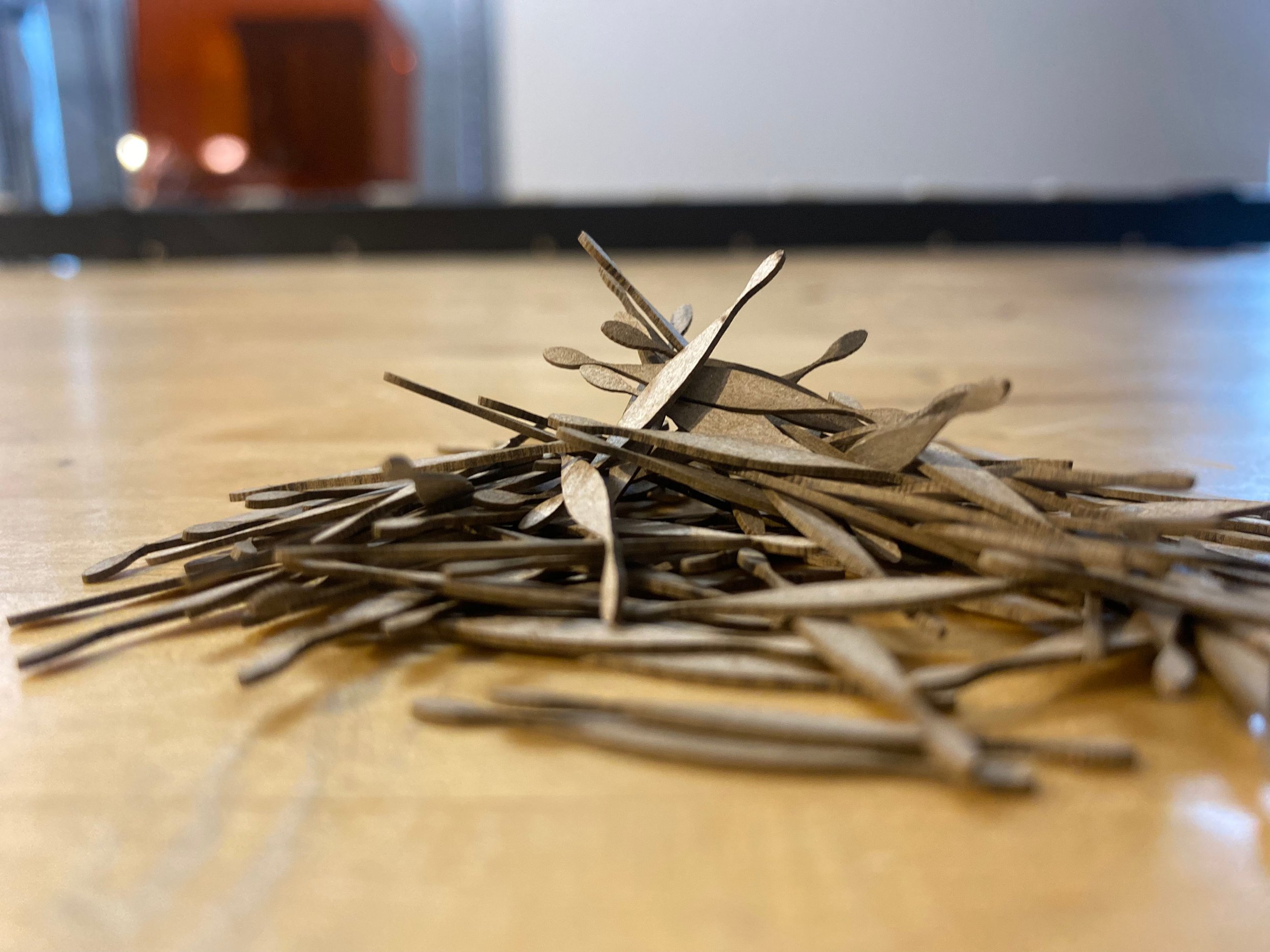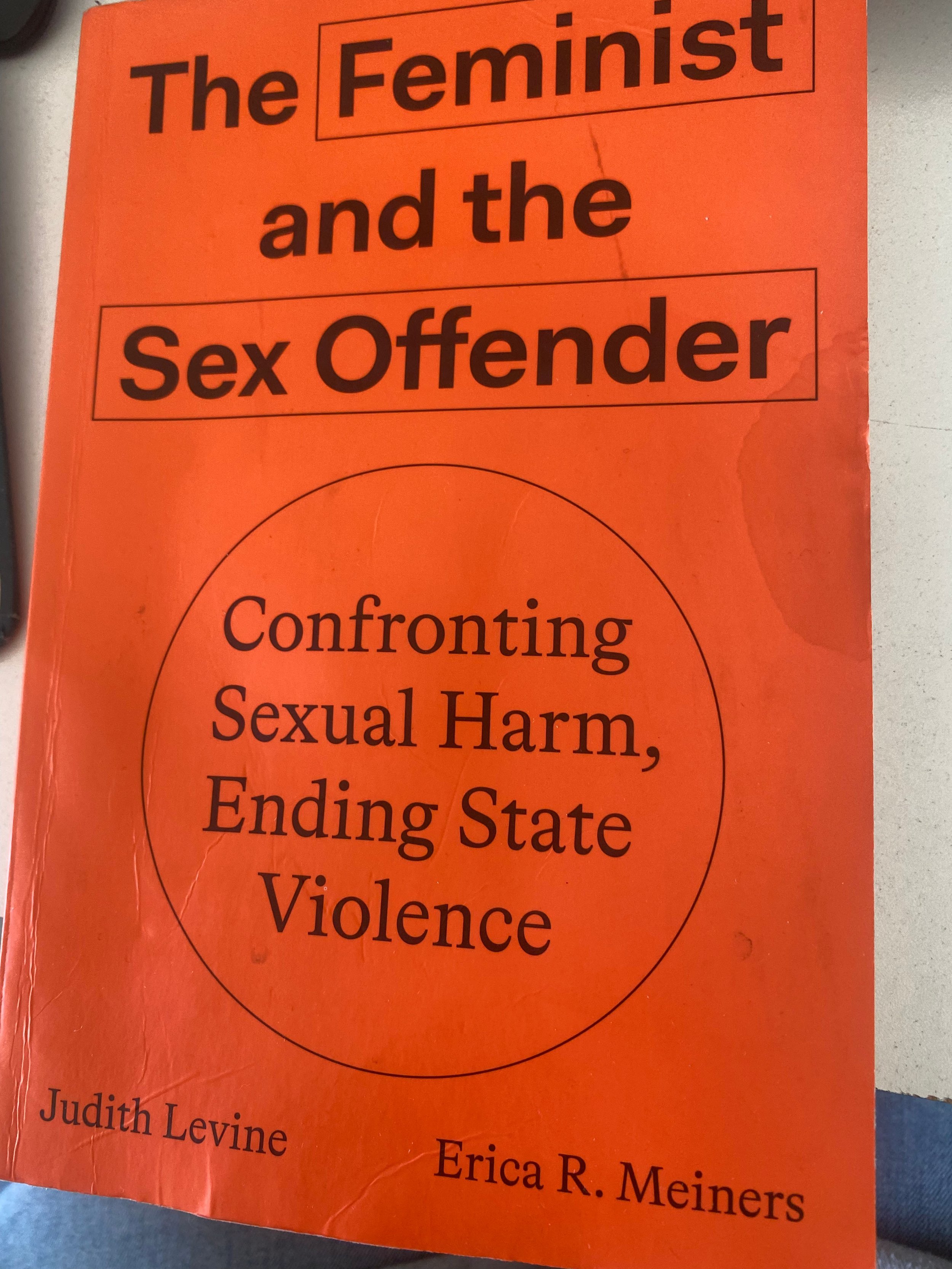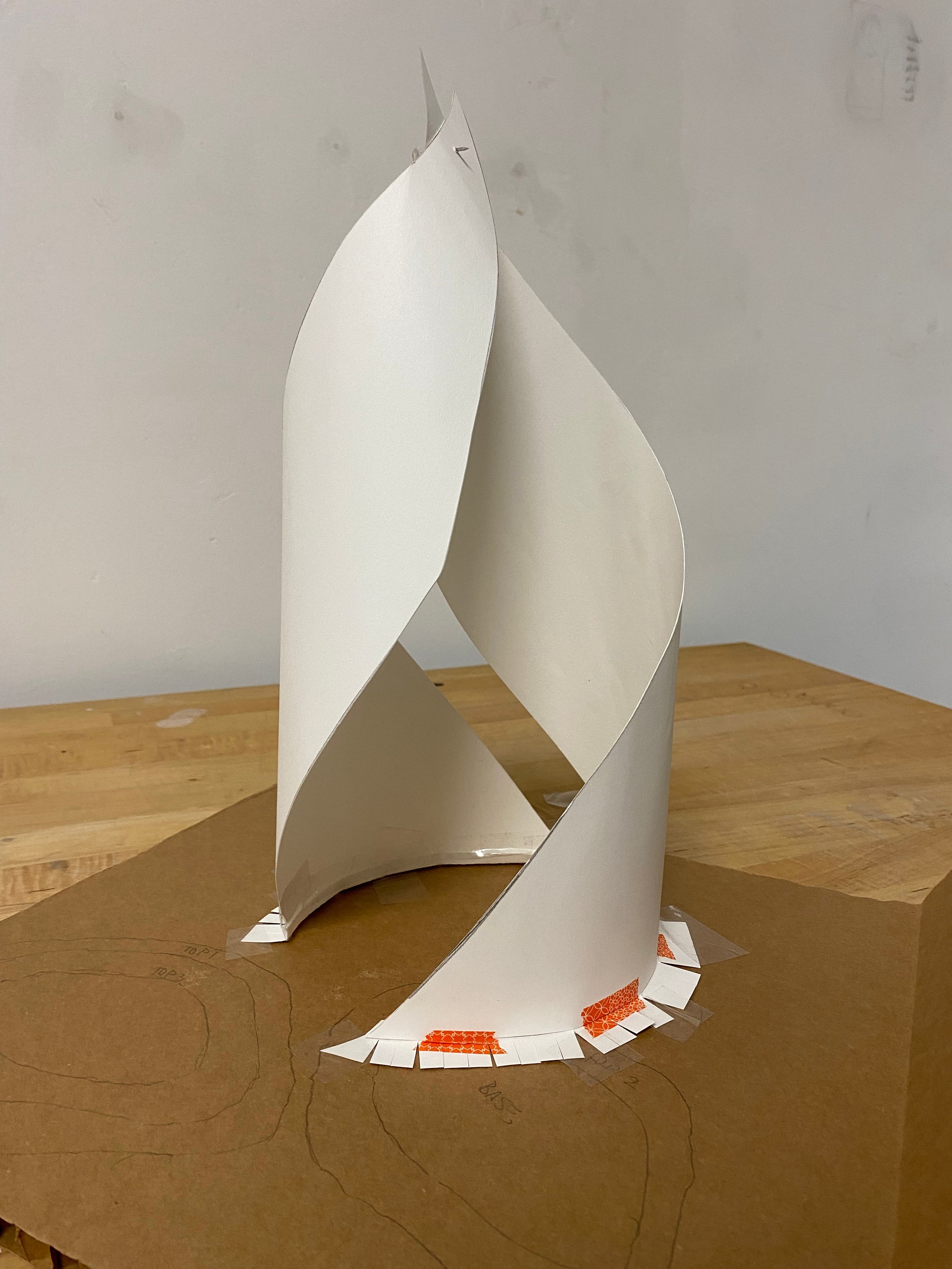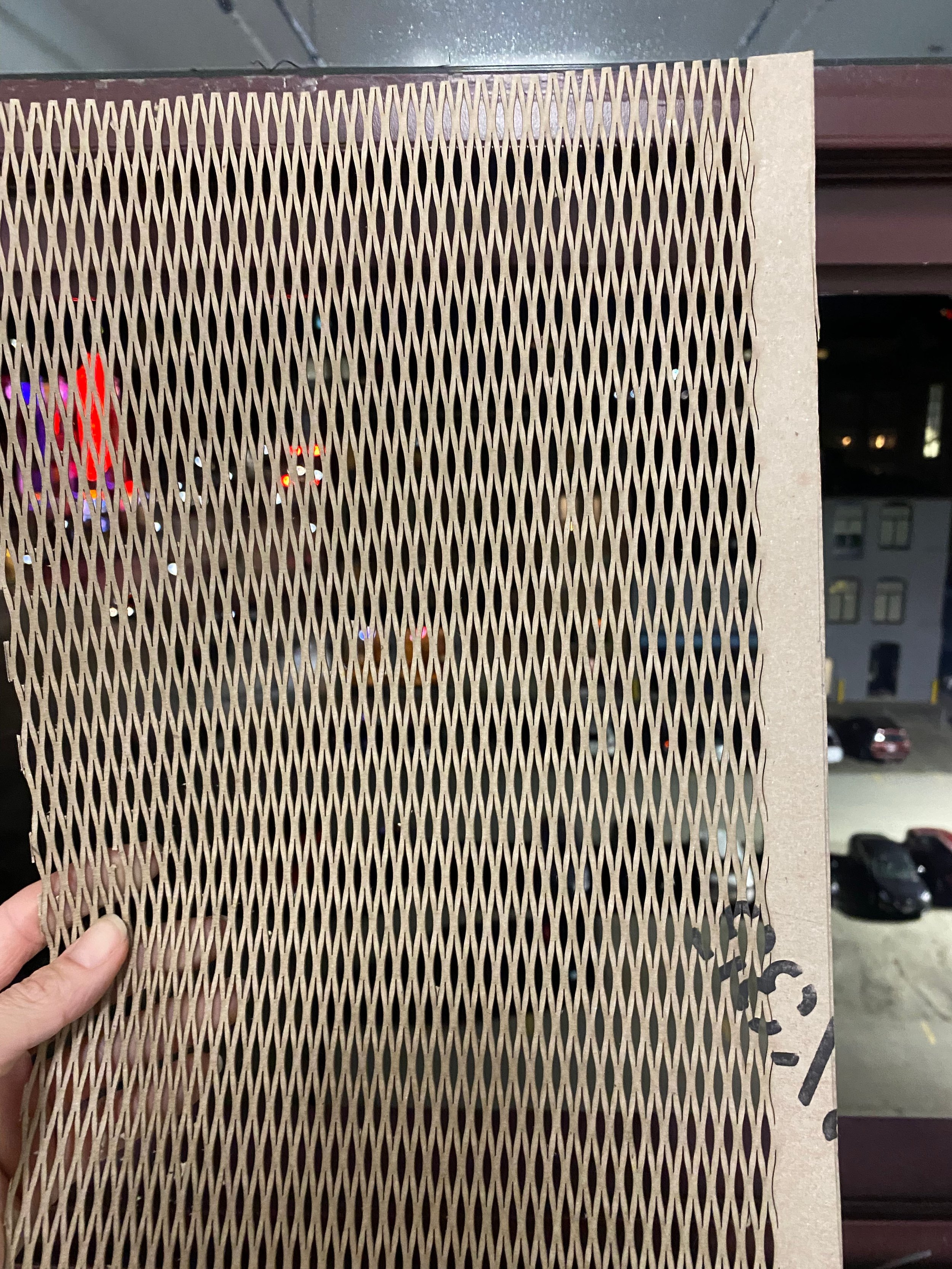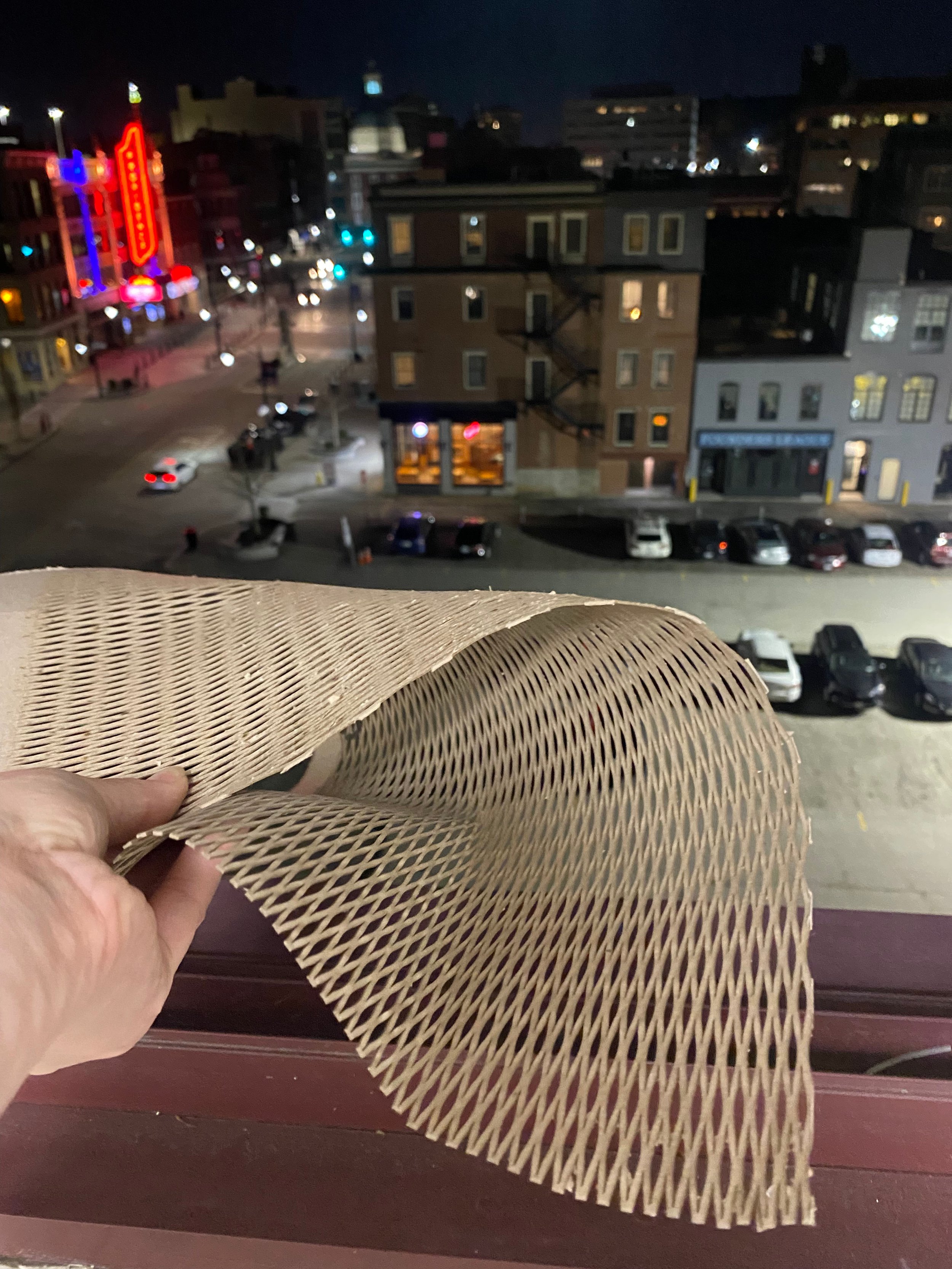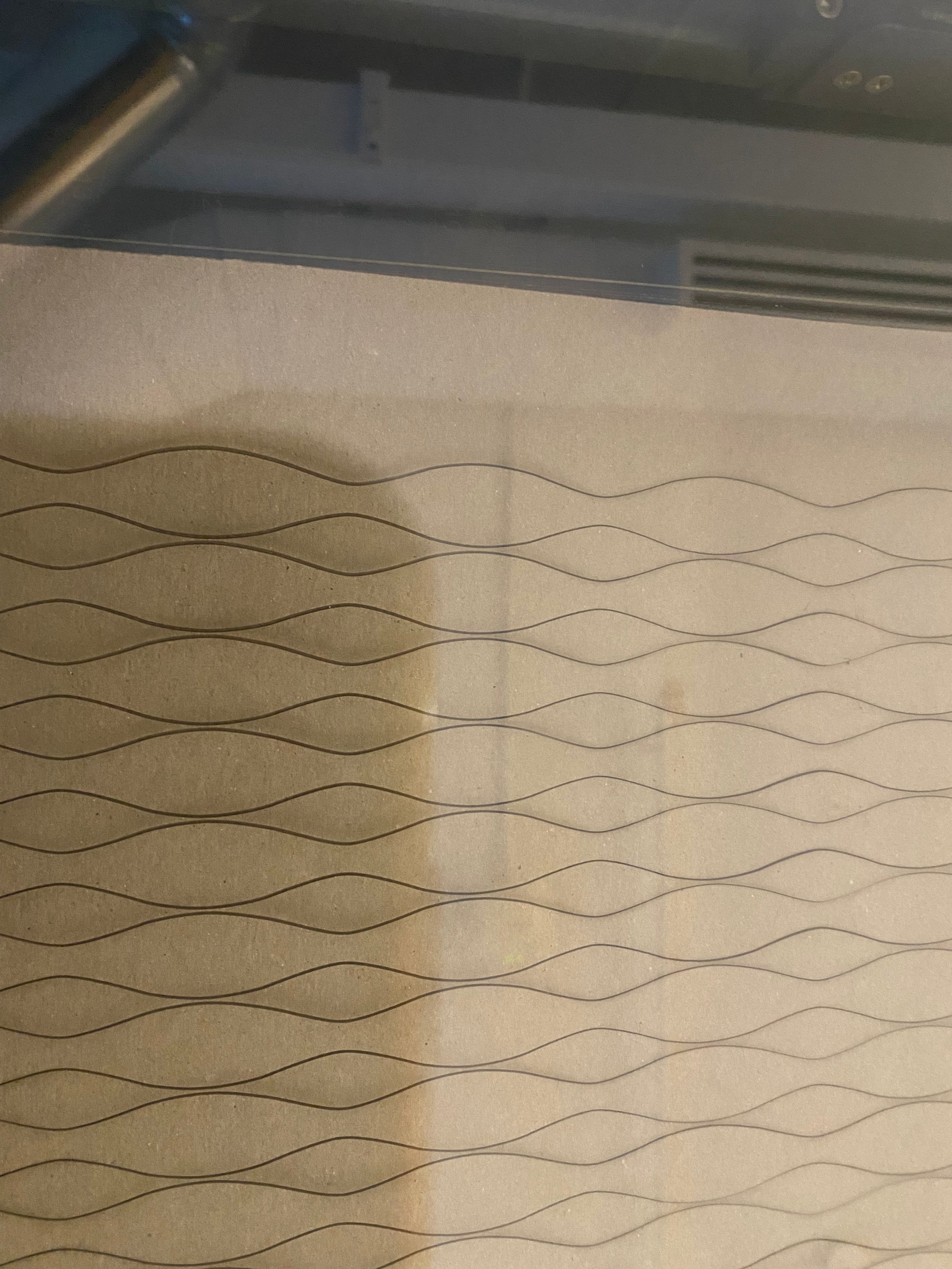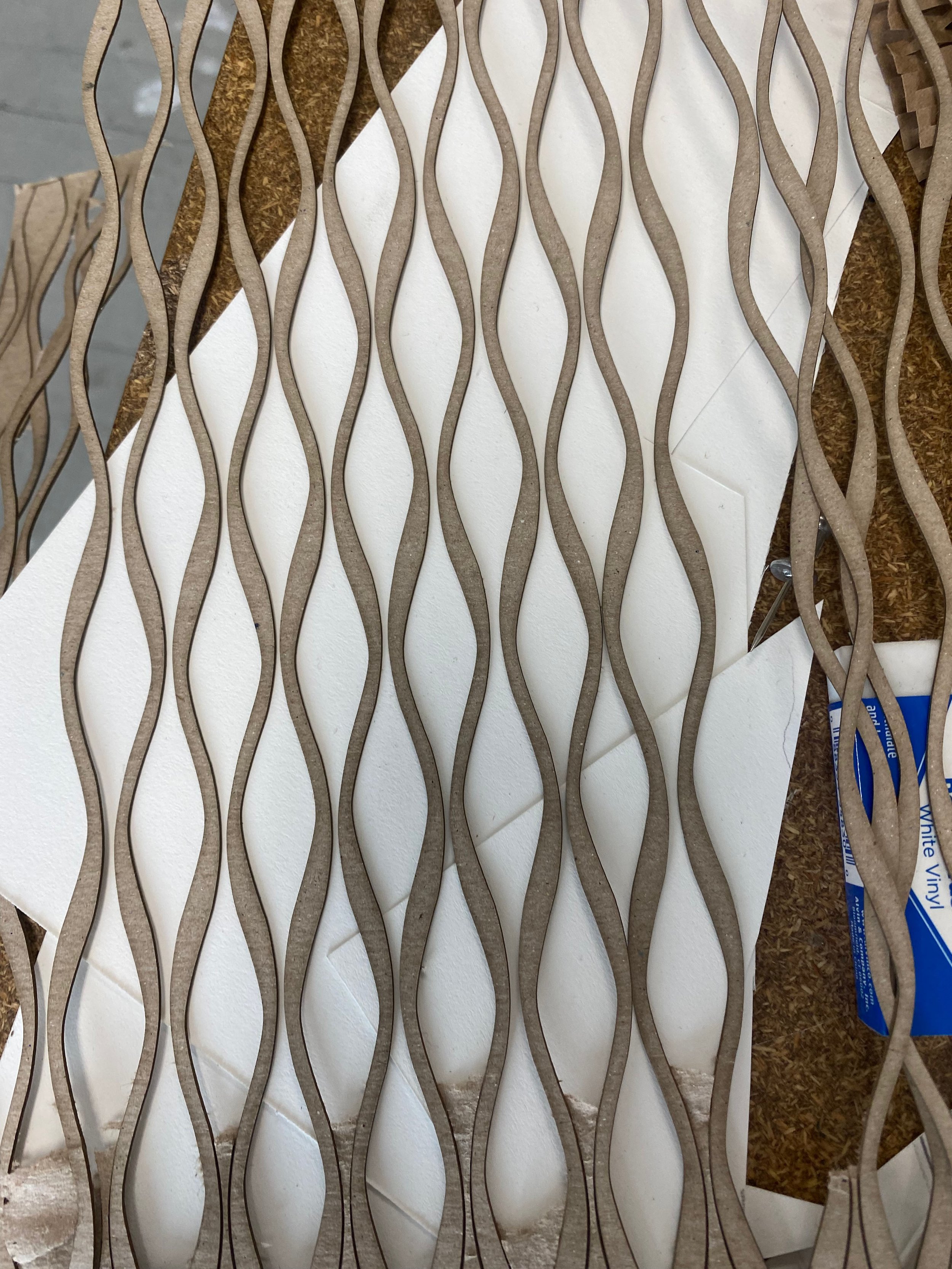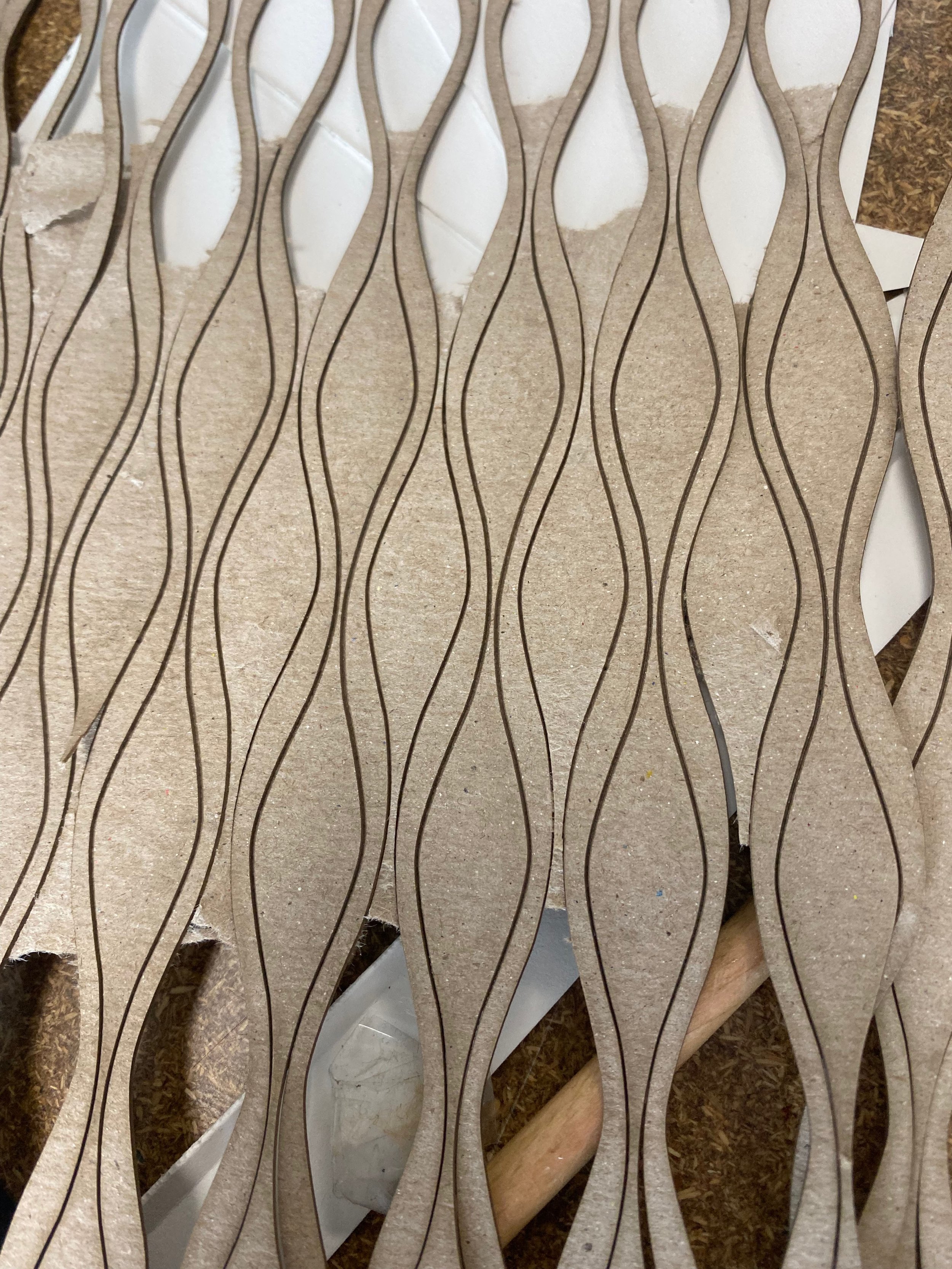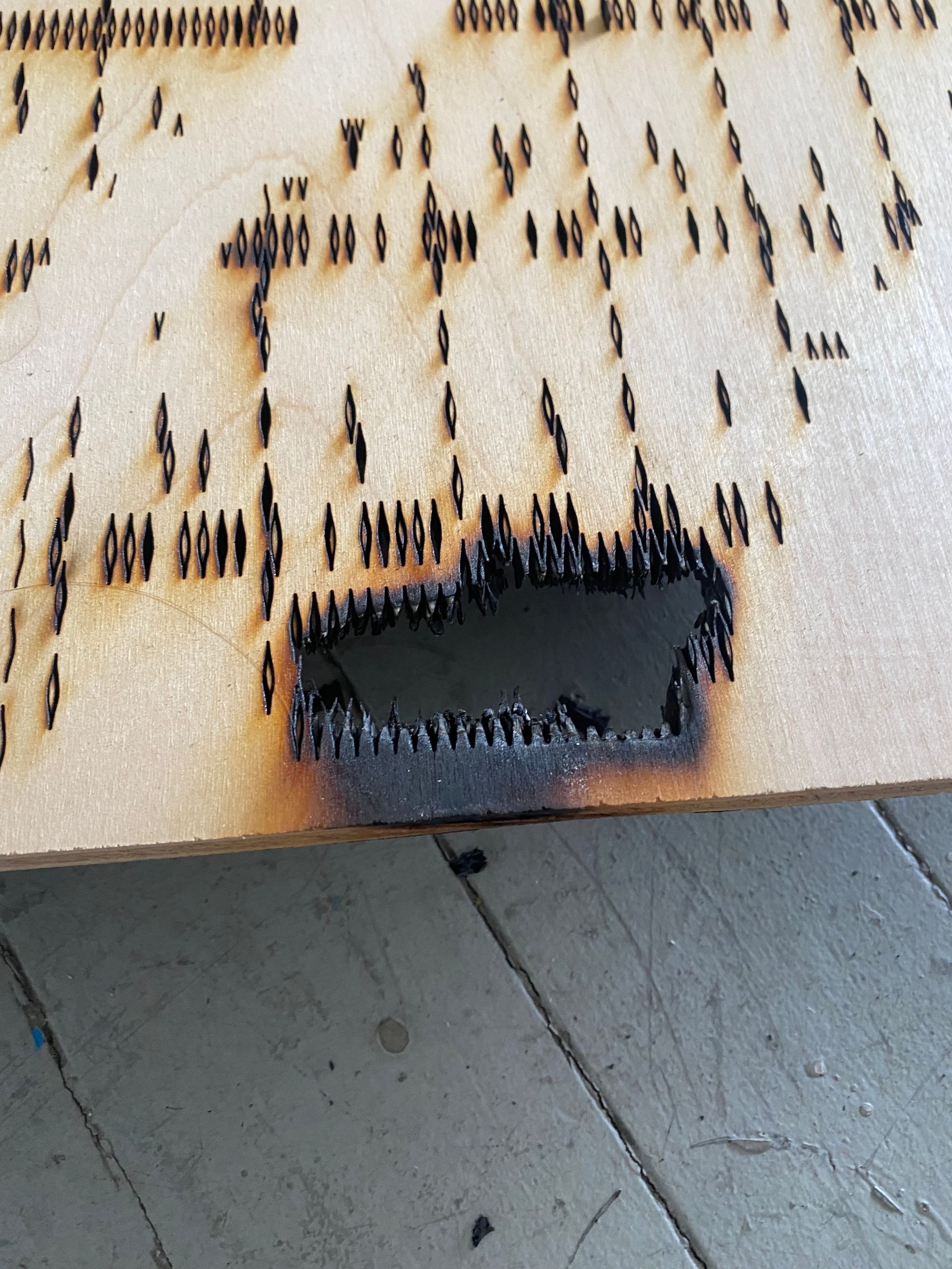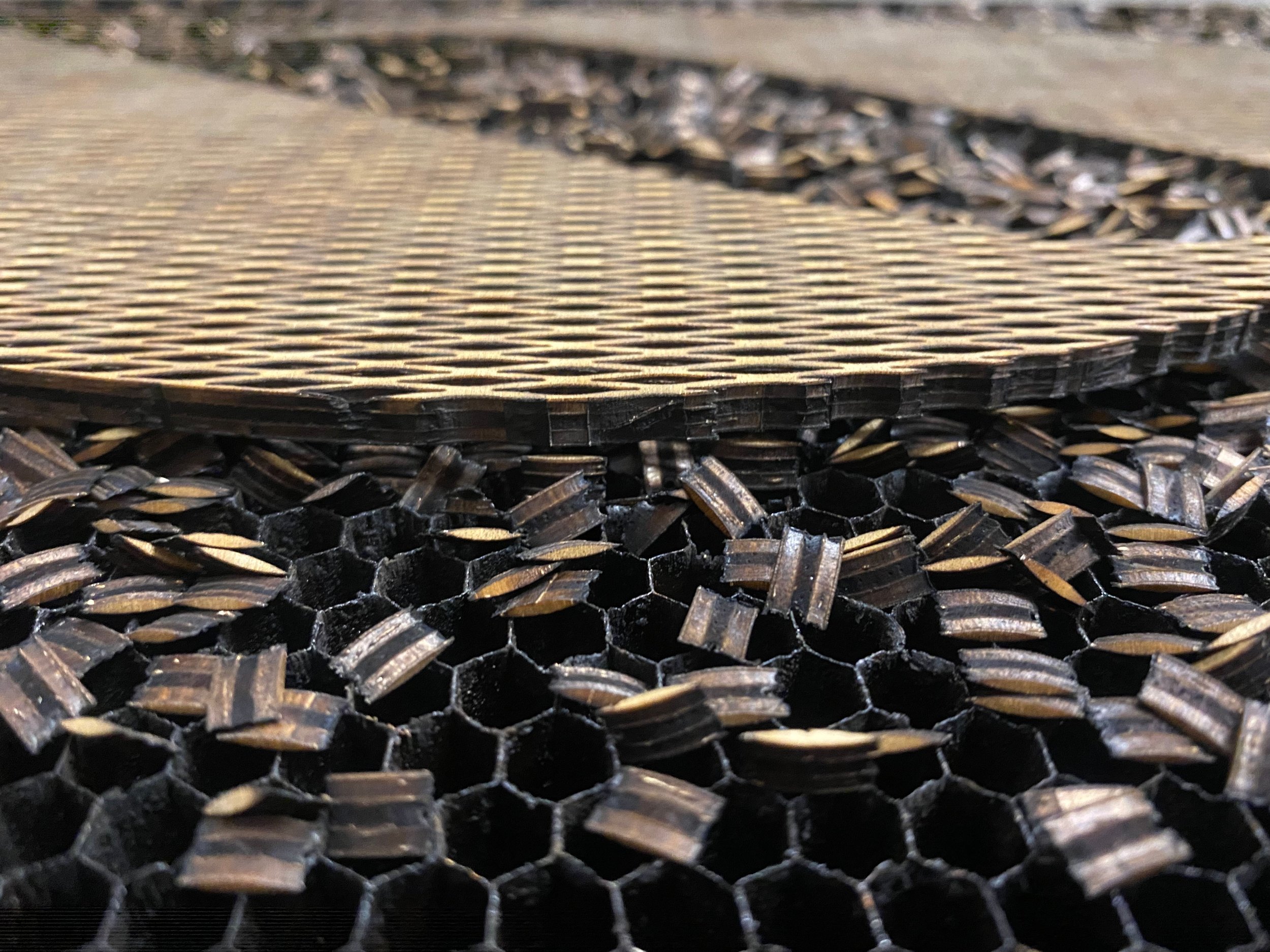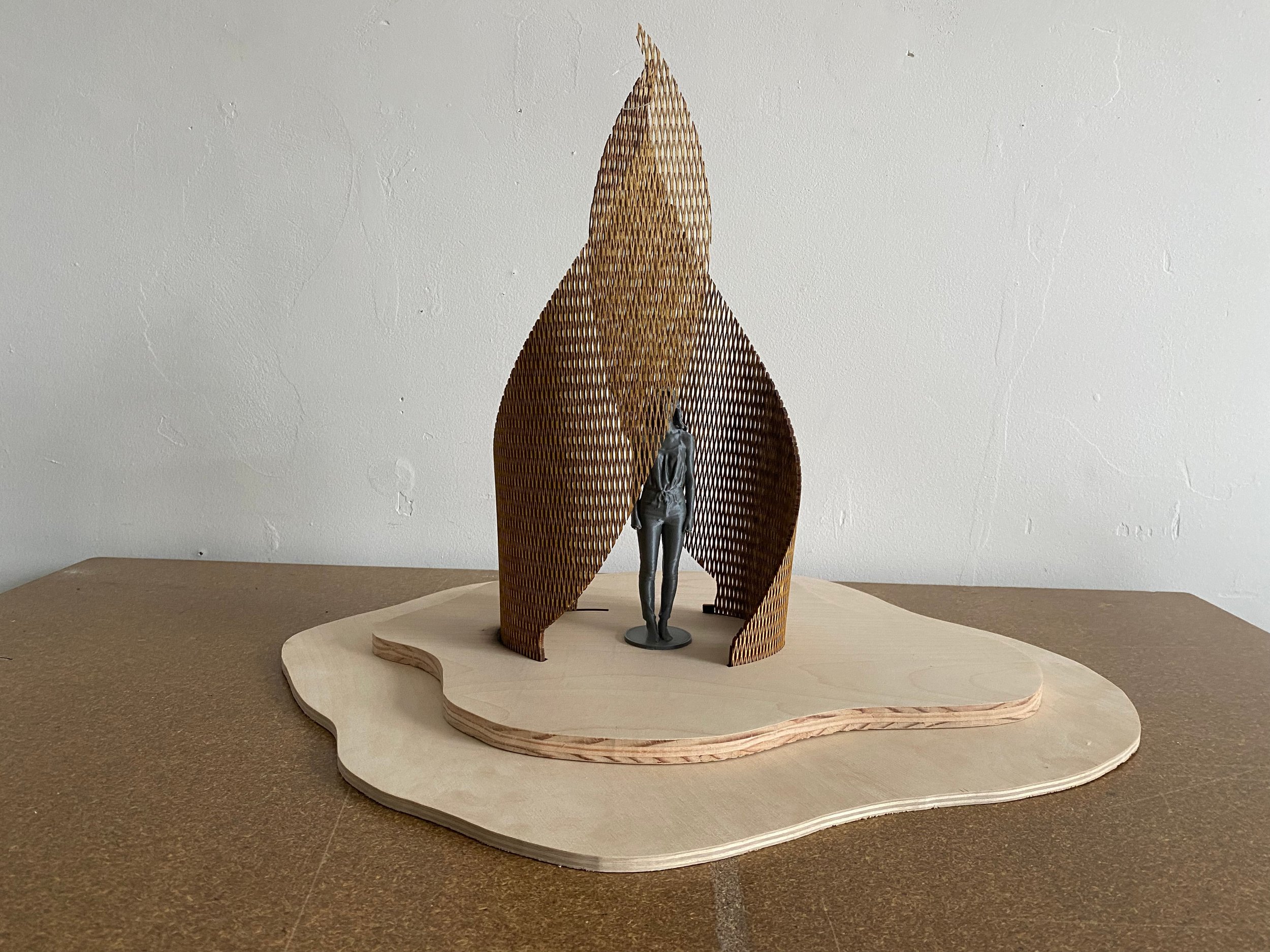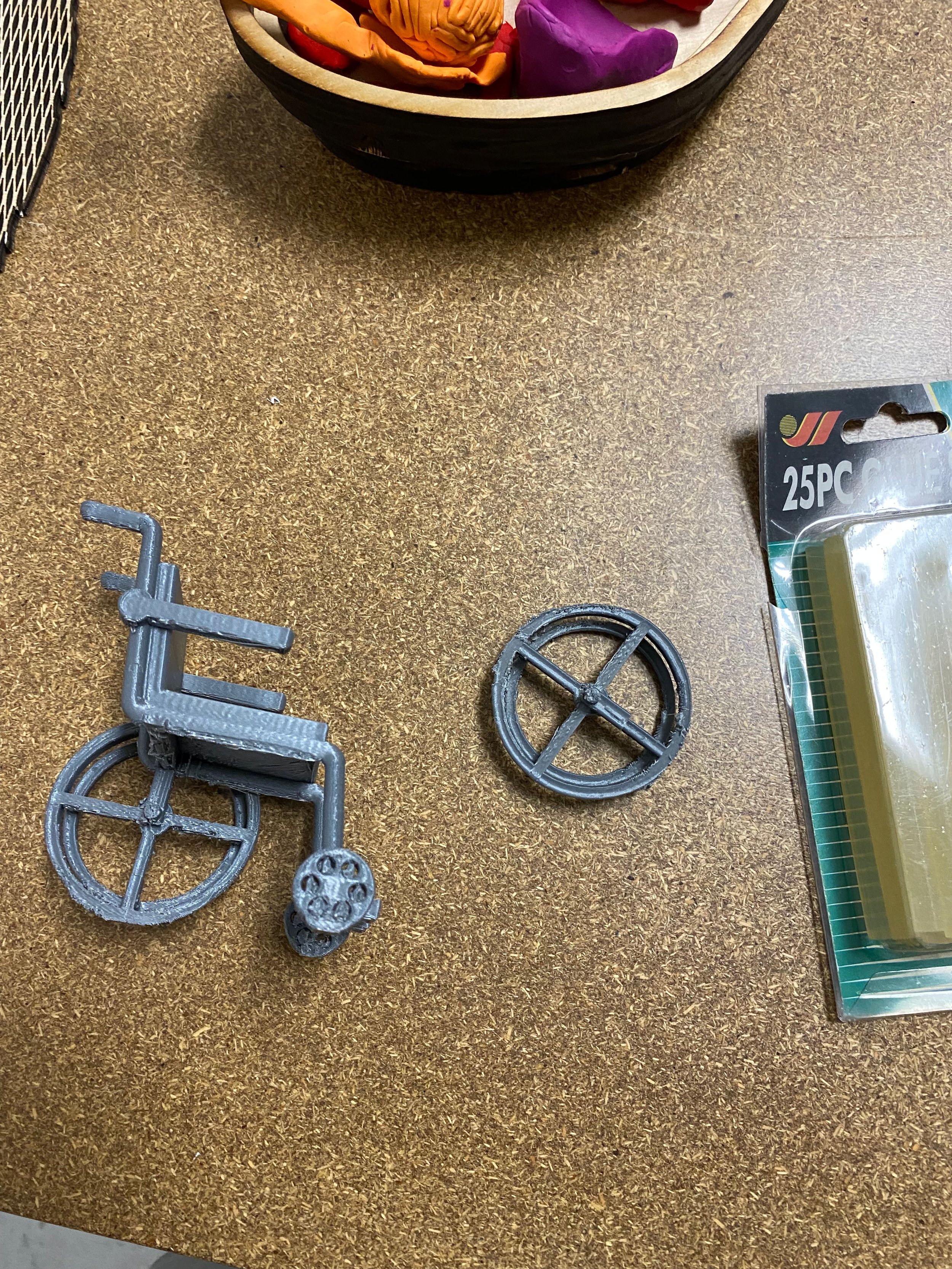Whenever I’m stuck (which is now) I find that free writing helps me work stuff out. answer questions and helps me outta the mud I make for myself.
Yesterday had a good but tough chat with Allie about the thesis piece. I have always had in mind the “monument” whatever that means, but a work meant to be engaged with outside, likely in a natural setting, in a specific community where the healing sessions happened…. addressing the issue of eradicating violence through kindness and creating a (sense) of camaraderie and witness for the participant.
The challenge has been that I hate everything I’m making. I’m trying different forms, different materials, different structures… Prototype after prototype I’m meh about everything. I have a reason to dislike each approach….. in one way or another nothing “solves” the problem I am considering. Not that an object can do such a thing (can it?) but I really just want to create a space that facilitates healing through crowd-sourced unconditional love…
But I’ve been developing a piece that wants to live outside, but is going to be shown inside. In a convention center with tons of other work, sounds, bright lights, a busyness to it.
I need to be designing for the space I’m showing it in, even though most other people’s work are not addressing such things. So realistically an INSIDE work rather than an OUTSIDE work.
Also, I want this to be able to flat pack, ship inexpensively so it can be shown and offered to different cities, communities etc with as little capital bureaucracy as possible. So lightweight materials, easy to build and break down.
Allie mentioned that monuments typically don’t invoke a sense of calm, support, healing…. theyre made of colossal sizes, hard durable surfaces that can feel cold and impersonal. This is something I’ve been hitting up against since the beginning.
The whole point has been to challenge the concept of monuments, who they are for, who they honor, how they exist in the world. This work is to honor those whose stories are rarely told, whose scars lay hidden for their entirety, whose wounds can be triggered by nearly anything. These stories are the stories of survivors, of people who carry experiences of the most egregious forms of violation, abuse, and psychological warfare. It is a monument to their strength and courage to go on, to perhaps do repair work for themselves as terrifying as it can be. A monument to their knowledge of their worth, however liquidated it has become.
So what’s important?
The sound- the participant needs to feel like the words are being directed towards them and not just in a general sense of people saying nice things. I feel I can accomplish this with strong sound design as well as offering the space as an individual experience. Other people can disrupt one’s train of thought, make them feel like they need to “move along” etc. So having the space to one’s self feels imperative.
Id like people to walk away with a stronger sense of self worth, feeling less alone knowing others have also gone through life-altering challenges, that they are part of a massive group who supports them, and if they so choose, they can contribute to this chorus of voices.
I’ve been thinking about the experience from start to finish in concurrence with our five senses.
A bit of a timeline
There is an advocate attending the piece at all times. Before people enter they are given a holy basil leaf to chew on (known to lower cortisol levels, expand blood vessels) OR an option to receive essential oils on their wrists/temples etc. This is all facilitated by the advocate.
The advocate also acts as the protector of the space. They only allow 1 person in at a time, unless it’s a pair that wants to go in together, but they will convey its intended to be an individual experience. (Shoes off?) This protection is important so that a person’s experience in receiving this kindness is not interrupted by a stranger which can disrupt the energy of the space, a sense of safety, of peace, of receiving.
Within the space (shape- spherical in someway, material TBD) the participant is gently flooded with kind statements from imbedded speakers in the walls/structure. There is a place to sit, lay or otherwise be comfortable. If there is no essential oil offered before entrance I feel some scent needs to be present in the space- lemon, lavender, vetiver, rosemary, jasmine all come to mind. A blend perhaps…. Each scent has different healing qualities and this can be researched.
The space itself needs to be soft, warm, easy. Dim lights create a sense of calm but not such darkness that its scary or confusing. But the fluorescent lights of the convention center need to be diffused or eliminated. I want it to be accessible by anyone- so wheelchairs, need to be able to move freely, and there should also be a space for resting in some manner.
The sound should be subtle but legible. Perhaps theres a calming undertone that is constant.
The participant stays within the space as long as they want. This can be mentioned by the advocate, to take one’s time.
Ideally but not necessary I would like an entrance and a separate exit so there is an obvious delineation of a journey from one point to another. There’s a shift, a physical transition made. When the visitor comes out of the space the advocate greets them, guides them to a bench to put their shoes on (which have been moved by the advocate during their time within the space) and offered either a drink of water, or a gift of some kind. They will also be presented with a card to call the number or participate on the website to contribute to the piece. (This is also good promotional tool)
I feel with this element the statements and thus the work will get stronger and more supportive over time. It is a “living being/collaboration” that is perpetually being changed by those who want to engage with it. It will live continually on the website.
Elements I believe can evoke the emotional state of feeling supported, understood, part of a group, embraced/held/loved, and potentially enter a healing process are listed below by sense.
Tactile
Smooth, soft fabrics, physically supportive, comfortable, soft, round, welcoming
Audible
voices over tonal sounds to ground, soothing, kind
Sights
soft, warm light
soothing colors- neutrals perhaps with a pop of color- (orange?)
soft textures
Taste
Holy Basil
lemon water
Scent
Citrus- Lemon-lemon balm, jasmine, rosemary, lavender, eucalyptus, peppermint oil, sweet basil,
Thought to weave dried lavender stems within the space- perhaps that’s the gift? A sprig of dried lavender.
Shapes of spaces that evoke these emotional opportunities
spheres, cylinders, tents, caves, coves, cups/mugs, cocoons, pods, curves
I did some research of artists doing healing work, the architecture of healing spaces, and working with non-violent materials. A design element that I keep coming back to is parametric design. It feels more natural, welcoming, and responsive. It also looks stunning. How does this serve the purpose of the work? It can be used to seamlessly guide people to rest, sit, or be still- it can be used to convey ideas through simple materials and simple stacking.

